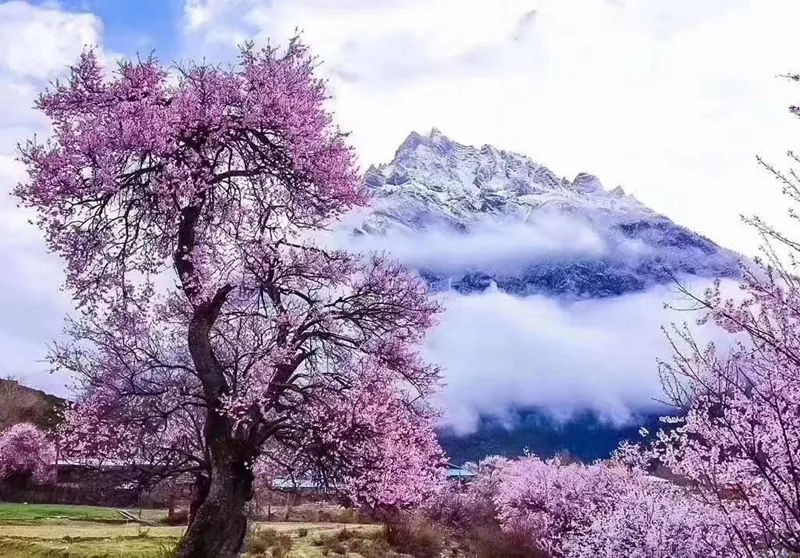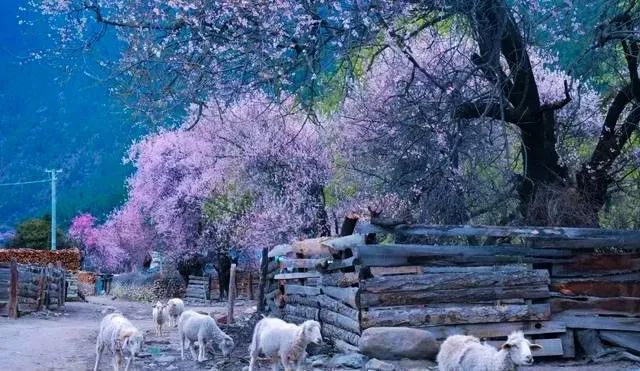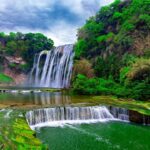Lhasa, the capital of Tibet, is a sacred city on the plateau at an altitude of 3,650 meters. With over 3,000 hours of sunshine annually, it has earned the reputation of being the “City of Sunlight” and is a revered destination for countless pilgrims.

The prayer flags, spinning prayer wheels, the bustling crowd on Barkhor Street, and the fragrant sweet tea—everything here is simply enchanting.
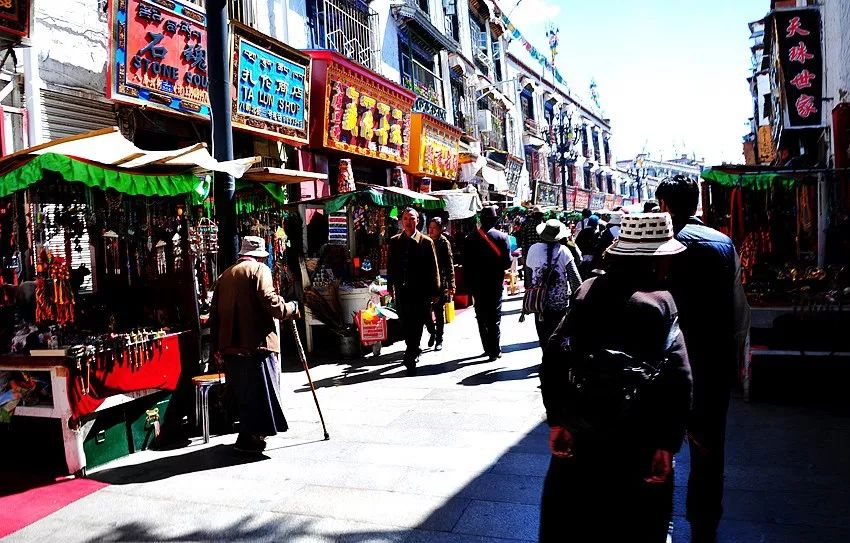
The Origin of the Holy City Lhasa
The devotion of the people here to Buddhism is evident to all. You can see monks who have traveled from afar, their foreheads bearing a circular callus from prostrating. Every evening, Buddhists of all ages, both men and women, can be seen prostrating around the Jokhang Temple.
Due to this most sacred and divine Buddha statue, “Rasa” was renamed “Lhasa,” meaning “Land of Gods and Buddhas.”
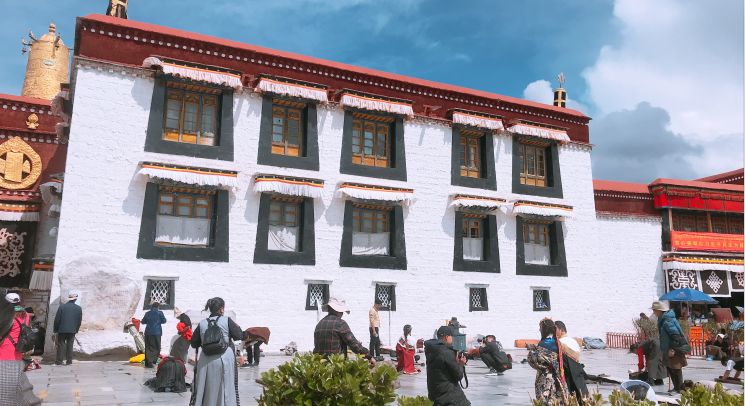
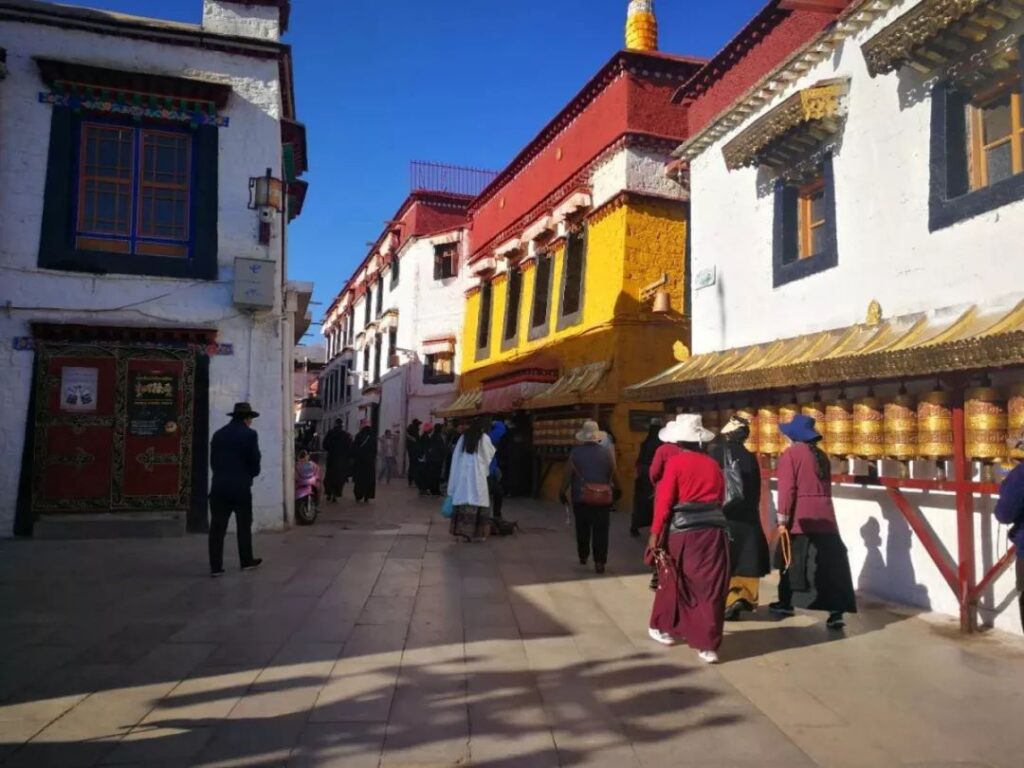
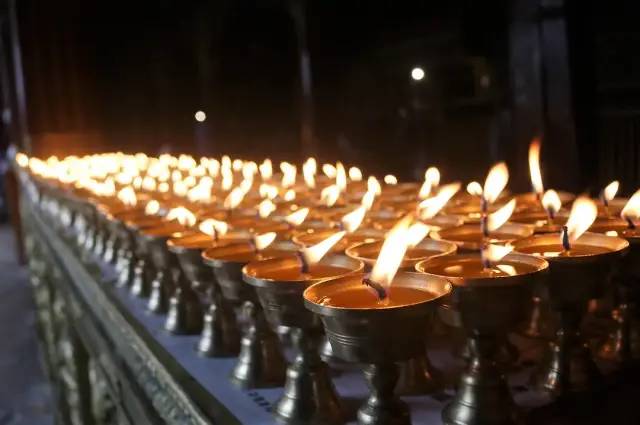
Top 10 Must-Visit Attractions in Lhasa
1.Potala Palace
Recommended reason: The highest palace on the plateau, closest to the sky, and the largest and most complete ancient palace complex in Tibet.
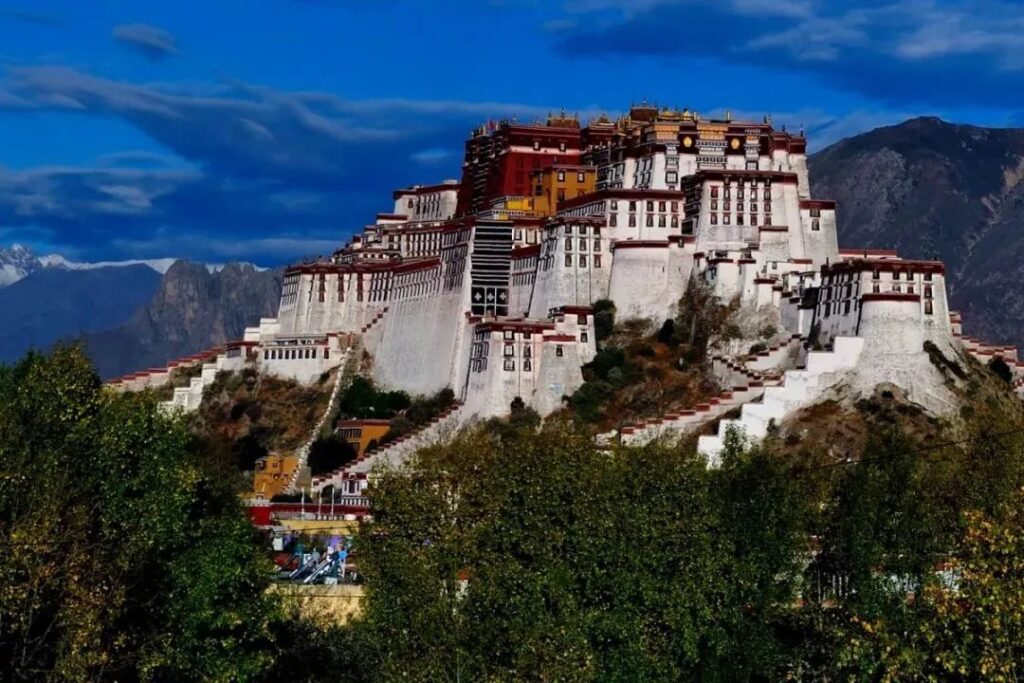
Sitting on the Red Hill at an altitude of 3,700 meters, the Potala Palace represents the extraordinary wisdom and profound history of the Tibetan people. In the 7th century, Songtsen Gampo, the 33rd king of Tubo, founded the Potala Palace after moving the capital to Lhasa.
In 1645, the Fifth Dalai Lama decided to rebuild the Potala Palace. After years of continuous construction and accumulation, it was finally completed in 1933 after the Thirteenth Dalai Lama passed away, becoming the Potala Palace we see today.
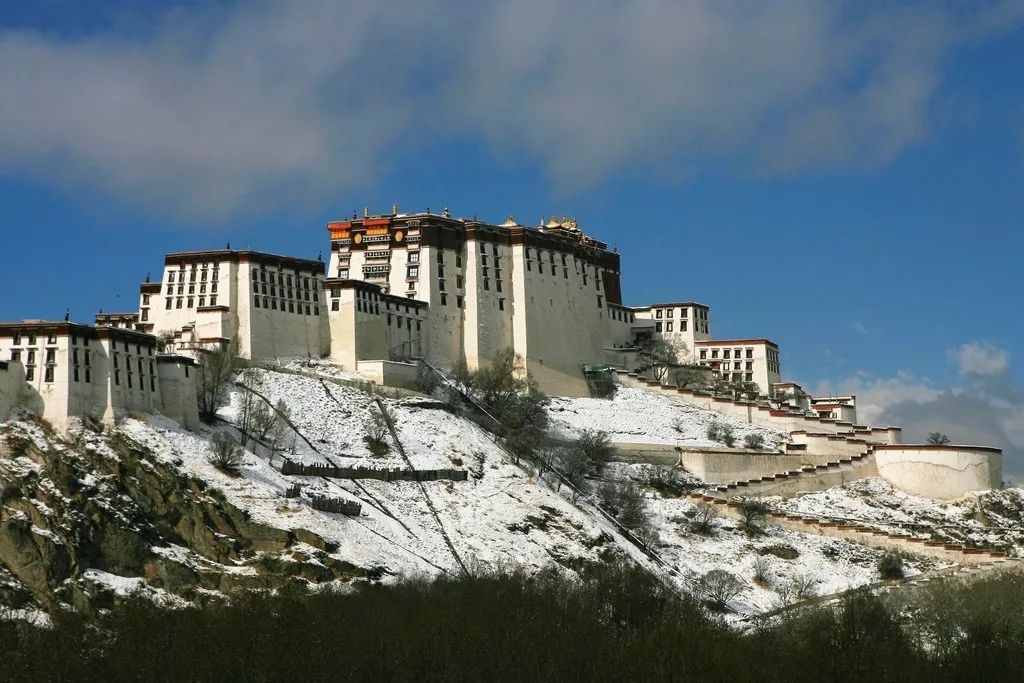
The Potala Palace is built on the hillside, with overlapping buildings, towering palaces, and a grand and majestic appearance. It is an outstanding representative of Tibetan ancient architecture (reportedly originated from the Sangzhutse Castle), and a masterpiece of ancient Chinese architecture. It is the landscape featured on the back of the 50 yuan banknote of the fifth set of RMB.
The main building is divided into two parts: the White Palace and the Red Palace. The palace is over 200 meters high, with 13 stories on the exterior and 9 stories on the interior. In front of the Potala Palace lies the Potala Palace Square, the highest city square in the world.

The Potala Palace is a sacred place of Tibetan Buddhism, attracting countless pilgrims and tourists every year.
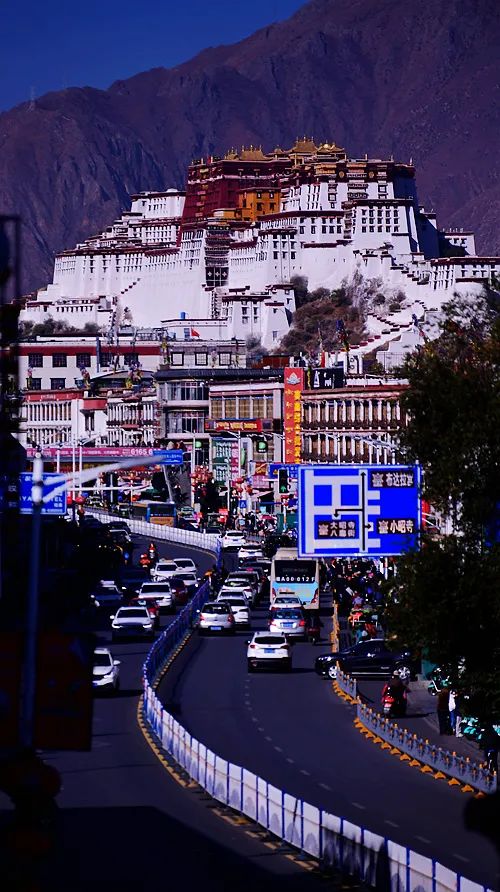
2.Barkhor Street
Recommended reason: It is a famous circumambulation route and commercial center in Lhasa.

Barkhor Street, also known as Octagonal Street, is a renowned circumambulation path and commercial center in Lhasa. It has relatively well-preserved the traditional appearance and living style of the ancient city.
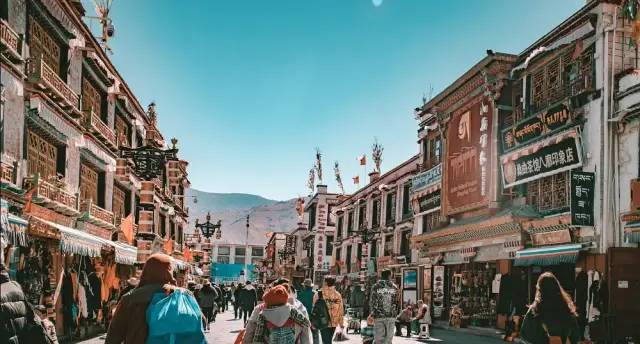
Barkhor Street is located in the old town of Lhasa and is a gathering place for Lhasa’s religion, economy, culture, ethnic handicrafts, and even Tibetan customs and habits. Originally, the street was just a single circumambulation route around the Jokhang Temple, called the “Sacred Path” by Tibetans. Later, it gradually expanded into a large area of old-style streets surrounding the Jokhang Temple.

3.Jokhang Temple
Recommended reason: It has a history of more than 1,300 years and holds a supreme position in Tibetan Buddhism.
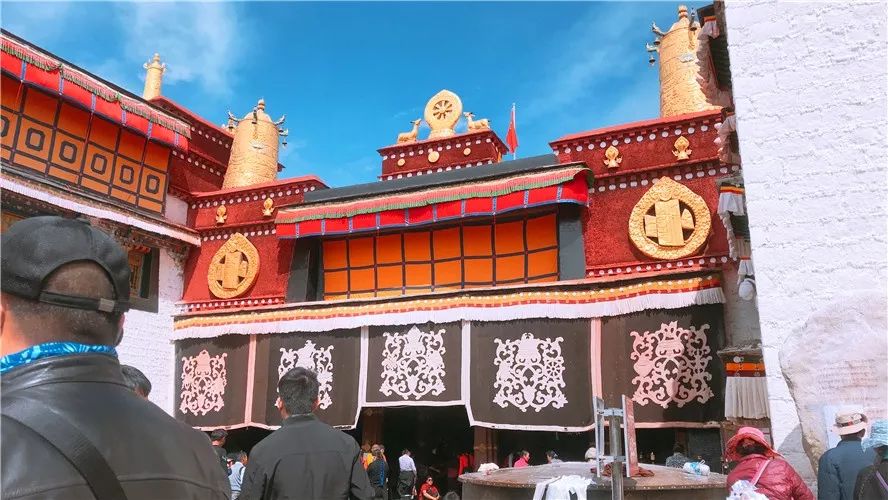
“Jokhang Temple came first, then the city of Lhasa.”
“Going to Lhasa without visiting the Jokhang Temple is equivalent to not having been to Lhasa at all.”
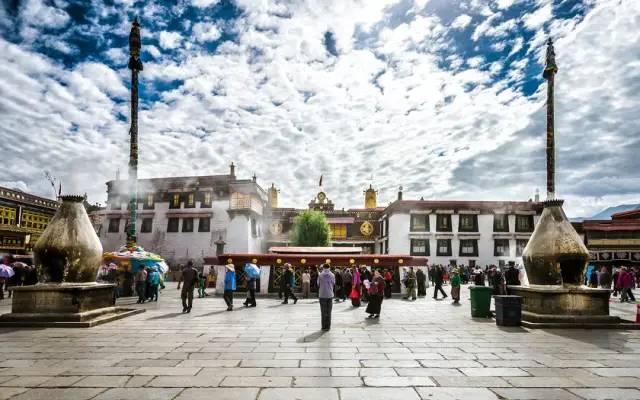
Jokhang Temple, also known as “Zulagang” or “Juekang” (meaning “Buddha Hall” in Tibetan), is located in the center of Lhasa’s old town. It is a Tibetan Buddhist temple and a national key cultural relic protection unit, with a history of 1,350 years.
Jokhang Temple holds a supreme position in Tibetan Buddhism. In November 2000, Jokhang Temple was approved as an extension of the Potala Palace and was included in the World Heritage List as a World Cultural Heritage site.
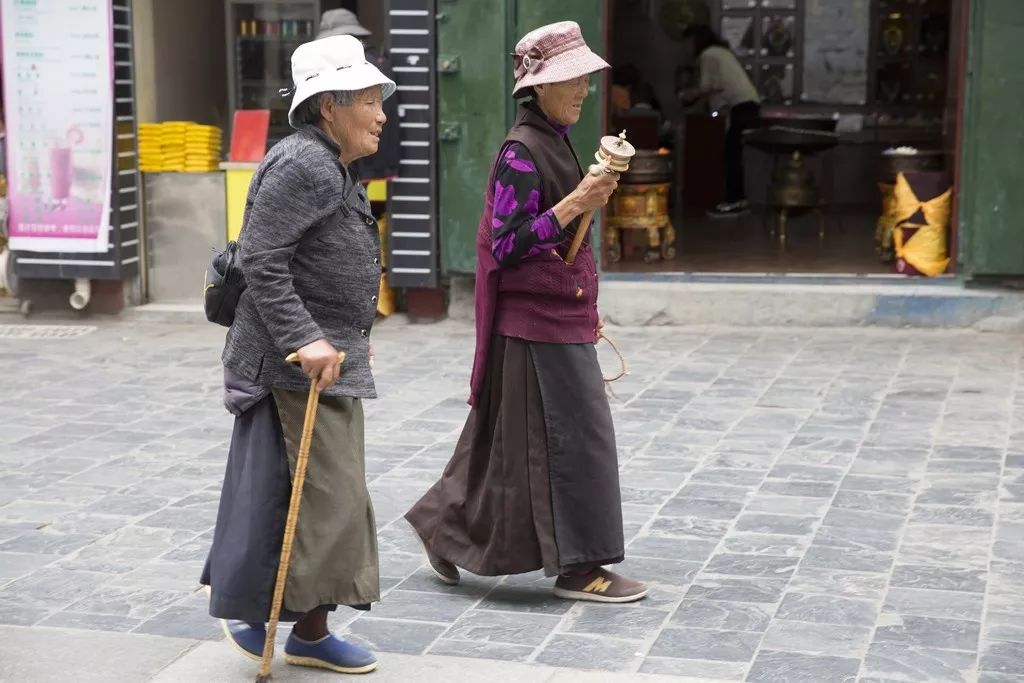
At the end of the 7th century, temporary lodgings, inns, and residential houses for pilgrims gradually appeared around the Jokhang Temple. Barkhor Street, centered around the Jokhang Temple, also gradually became the scale of the first commercial street in the Tubo capital, accompanied by the continuously burning incense in the temple. Lhasa, the capital city on the plateau, had already taken its initial shape since then.
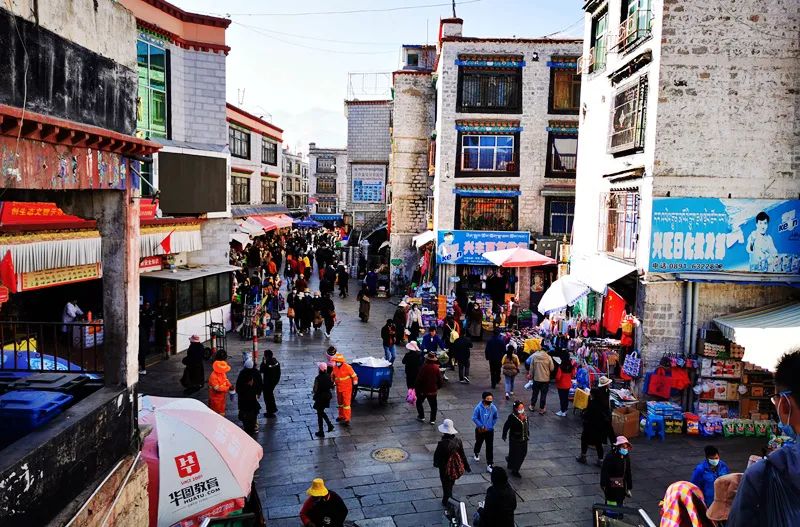
4.Sera Monastery
Recommended reason: Together with Drepung Monastery and Ganden Monastery, it is known as one of the three great monasteries of Lhasa. It is a famous debating place.
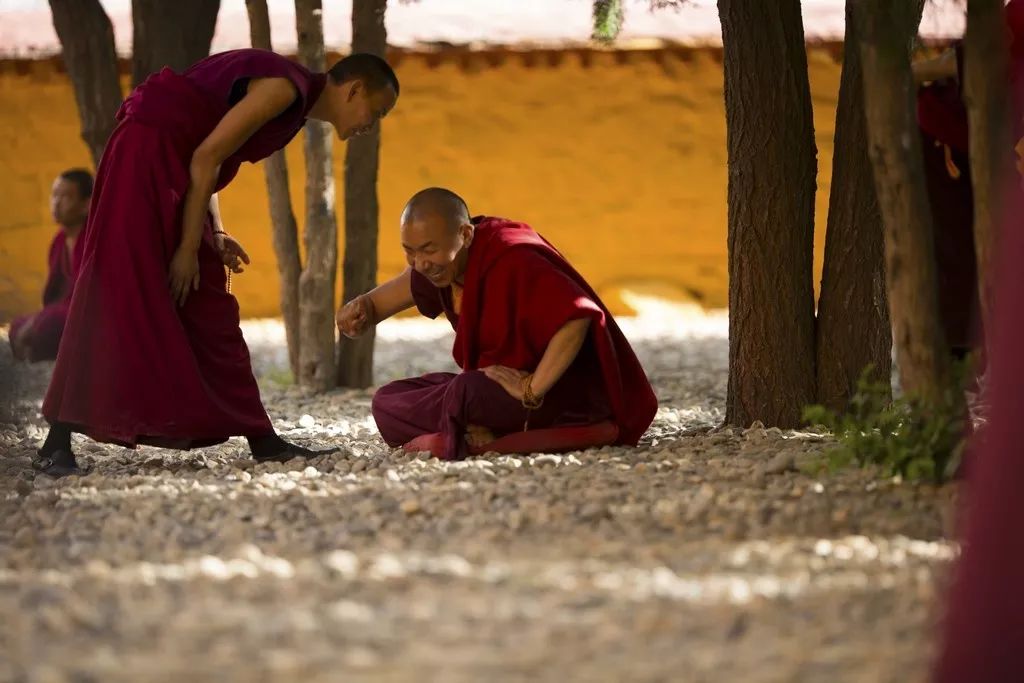
The full name of Sera Monastery is “Sera Mahayana Monastery.” It is located at the foot of Serawoze Mountain, 3 kilometers north of Lhasa, and together with Drepung Monastery and Ganden Monastery, it is known as one of the three great monasteries of Lhasa. Sera Monastery is also one of the six major monasteries of the Gelug School of Tibetan Buddhism. The debating sessions at Sera Monastery are very famous, attracting many tourists.
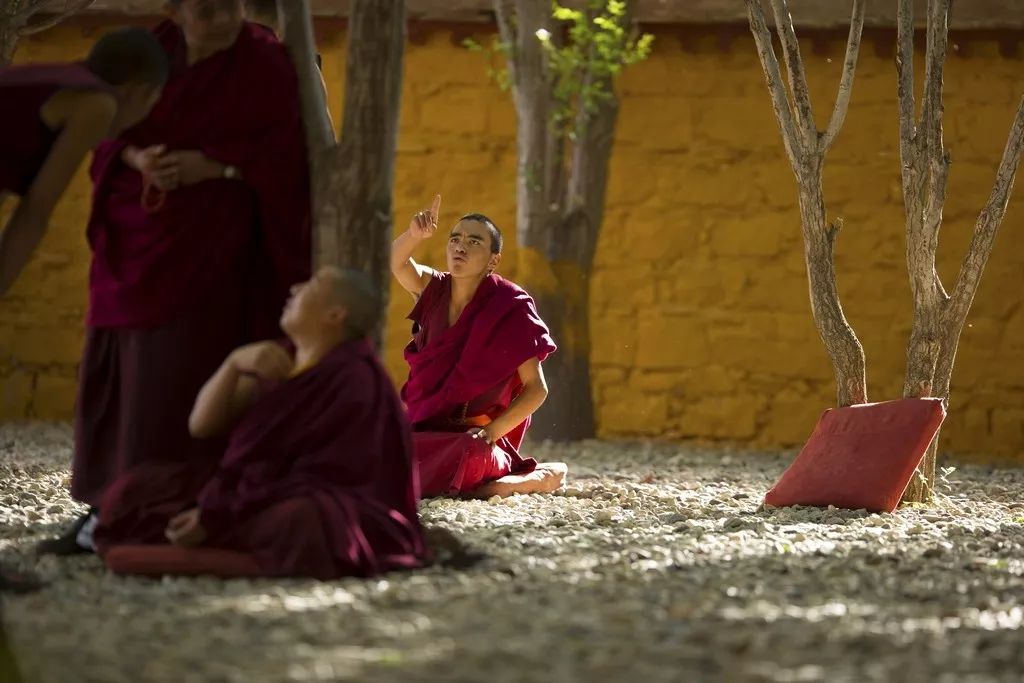
At three o’clock in the afternoon, monks come out of their dormitories in twos and threes and gradually gather at the debating courtyard to start the debating session.

The debating courtyard is filled with gravel and shaded by green trees, surrounded by concrete paths. The monks debate in the middle. Some sit, while others stand. They usually form groups of two, with one standing and the other sitting.
The standing one gestures vividly, gesticulating with hands and feet, speaking at the top of their voice. At the end, they always raise one leg and stamp it down forcefully, simultaneously clapping their hands together in a beautiful and coordinated motion. The sitting one presents their viewpoint and argues based on reason.
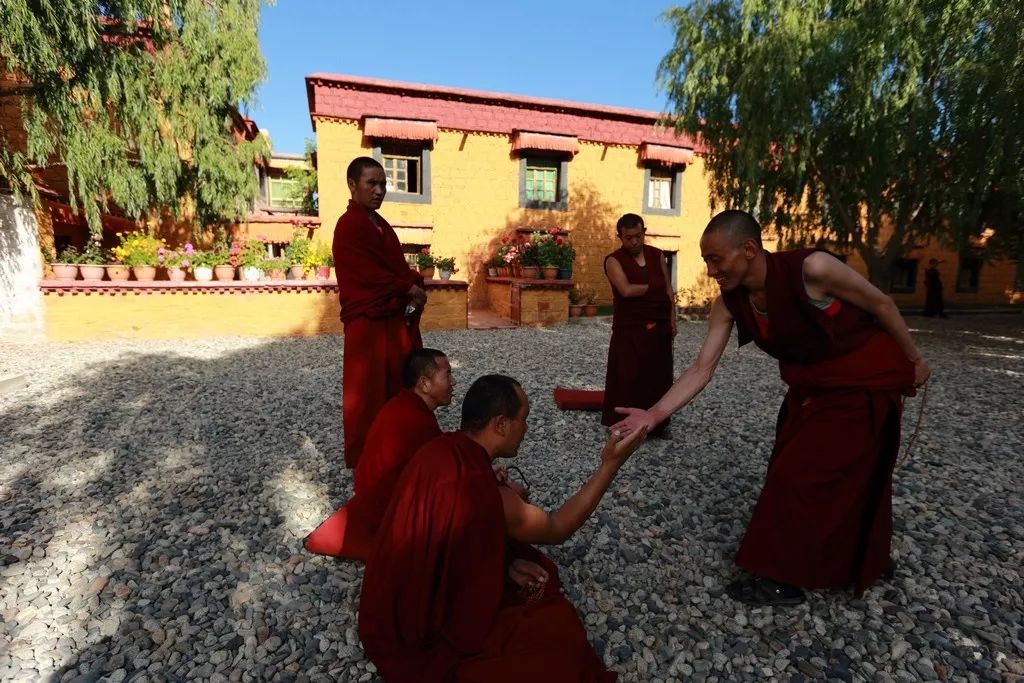
Tourists watch from the periphery, taking photos and videos. Although no one understands what the monks are saying, every tourist watches with great interest, feeling a sense of novelty. The endless Buddhist doctrines and the inexplicable philosophy of life…
5.Tibet Museum
Recommended reason: It is the largest museum in Tibet, with the most exhibition halls, the most comprehensive exhibits, and the strongest functionality!
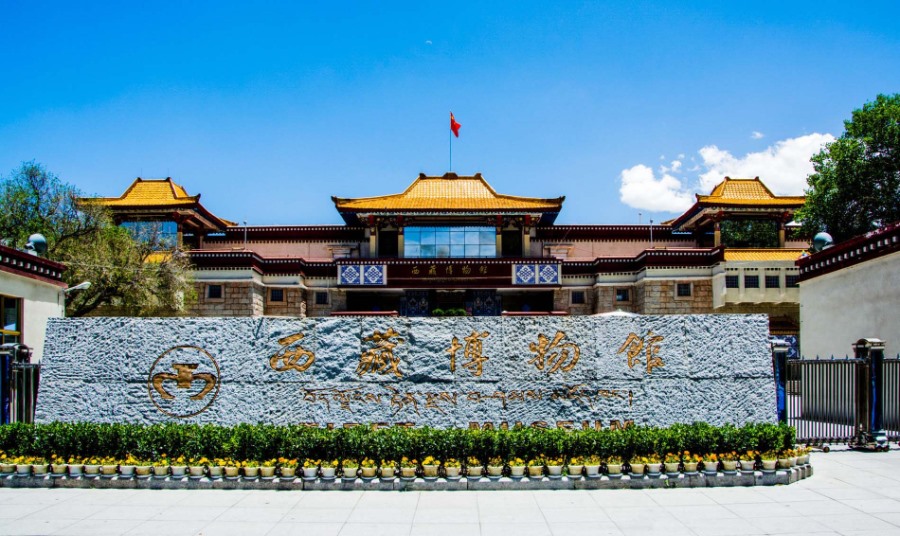
The new Tibet Museum project covers a total area of 65,000 square meters. The main building has three floors, including exhibition areas, collection storage areas, public service areas, cultural relic protection and research areas, etc. New facilities such as a children’s experience hall, a cultural and creative experience hall, a 4D cinema, a viewing platform, and a tea house have been added for education and service purposes.
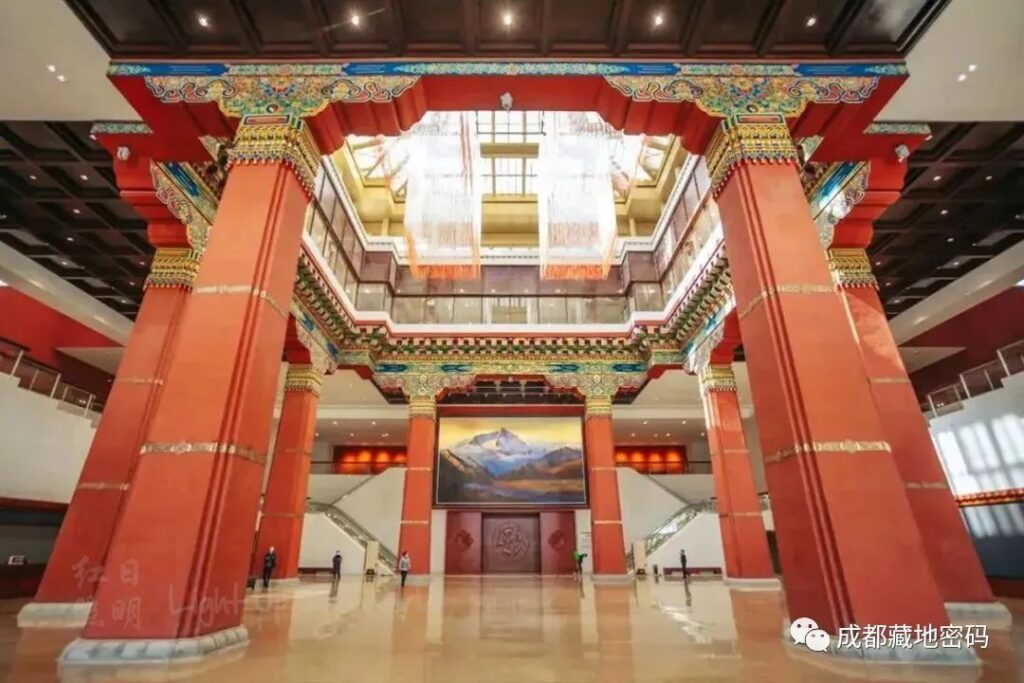
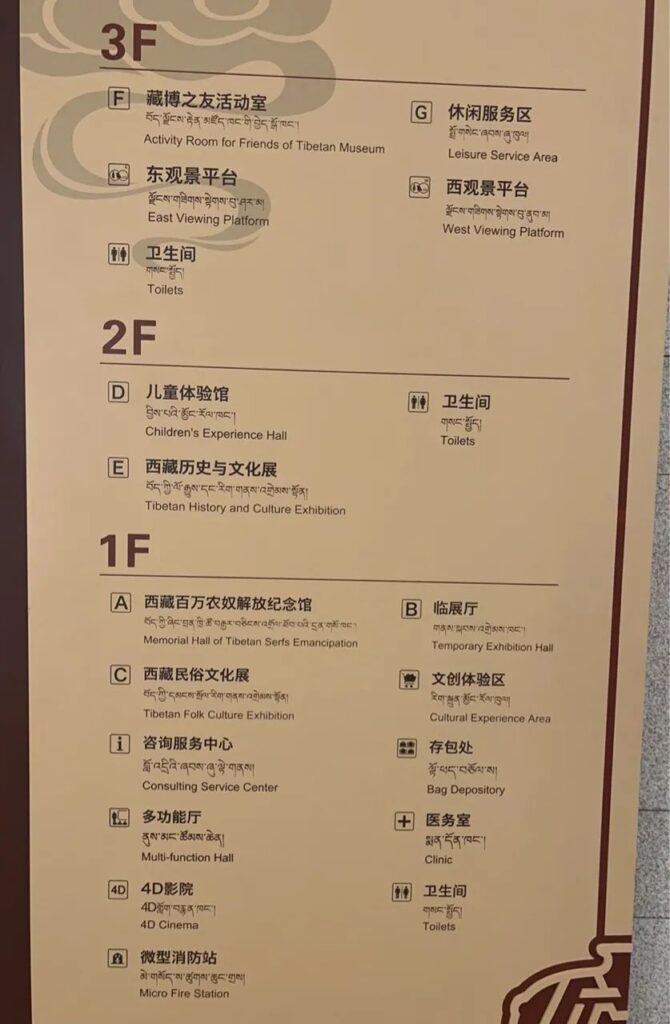
The exhibition on Tibetan history and culture systematically interprets the long history and splendid civilization of the Tibet region, the exercise of sovereignty by successive central governments over the Tibet region, and the exchanges and cultural interactions between the Tibetan ethnic group and other fraternal ethnic groups in China. It also highlights the great contributions.

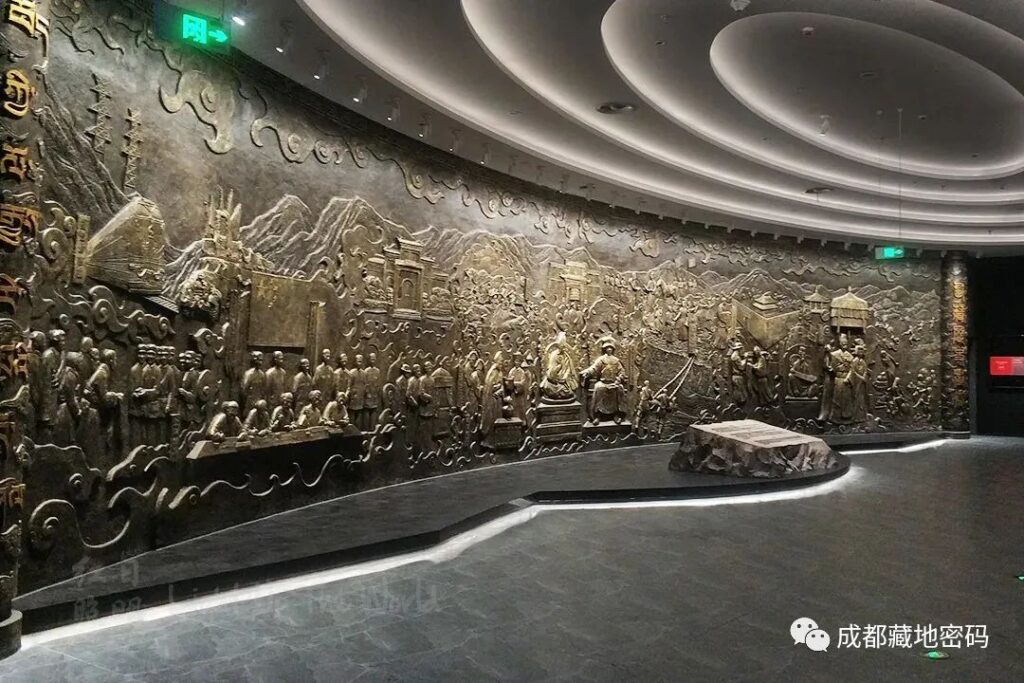
6.Norbulingka Palace
Recommended reason: A mysterious Tibetan-style garden, the largest in Tibet, with the most beautiful construction and the most distinctive ethnic characteristics of a palace garden.
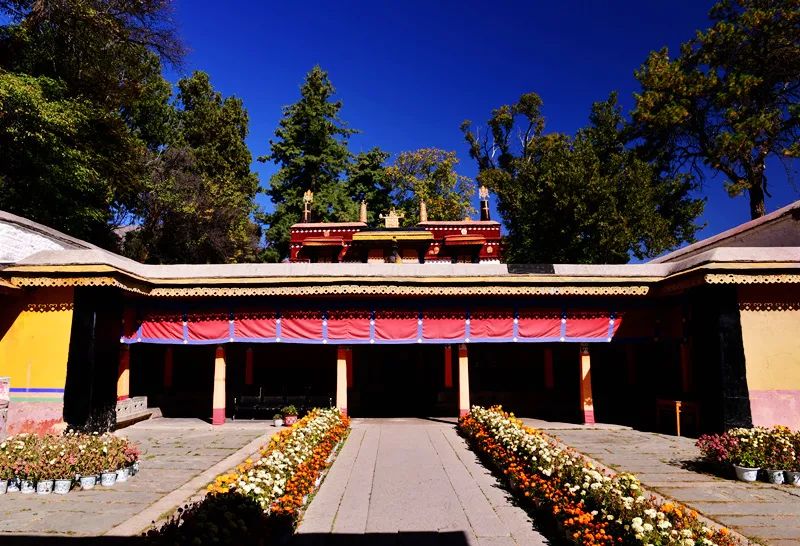
“Norbu” means treasure
“Lingka” refers to a garden
Thus, Norbulingka means “treasure garden”

Compared to traditional Tibetan architecture, each individual building inside Norbulingka is relatively small in size, and the roofs of the buildings borrow from the roof styles of the Han people, making the shapes appear very rich and diverse.
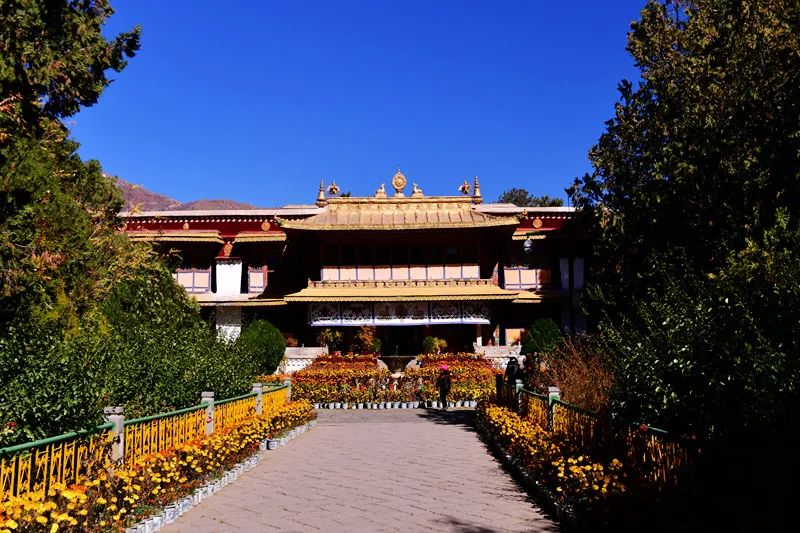
Apart from being a typical Tibetan-style garden, it was also a place where generations of Dalai Lamas spent their summers and handled political affairs. After more than 200 years of expansion, the entire park now covers an area of 360,000 square meters. Every building, plant and animal, mural, and cultural relic in the park tells the world about Tibet’s customs, folk traditions, and religious history.
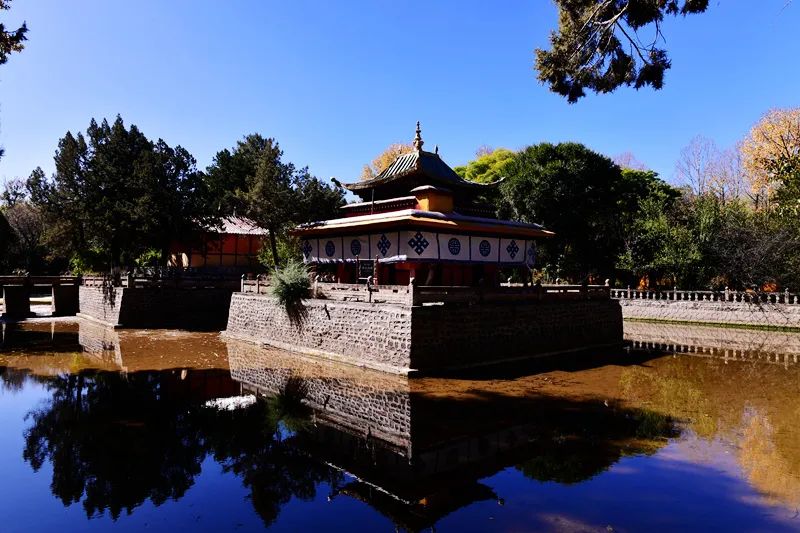
With the approval of Emperor Yongzheng, the 7th Dalai Lama handled political affairs at Gesang Pozhang every summer. Since then, through the continued use and expansion by successive Dalai Lamas, Norbulingka gradually evolved from a place for recuperation into a summer palace for handling political and religious affairs.
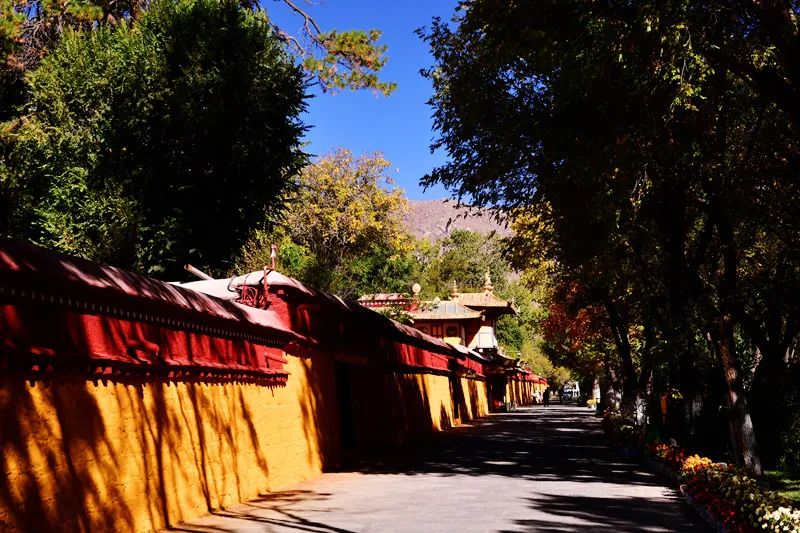
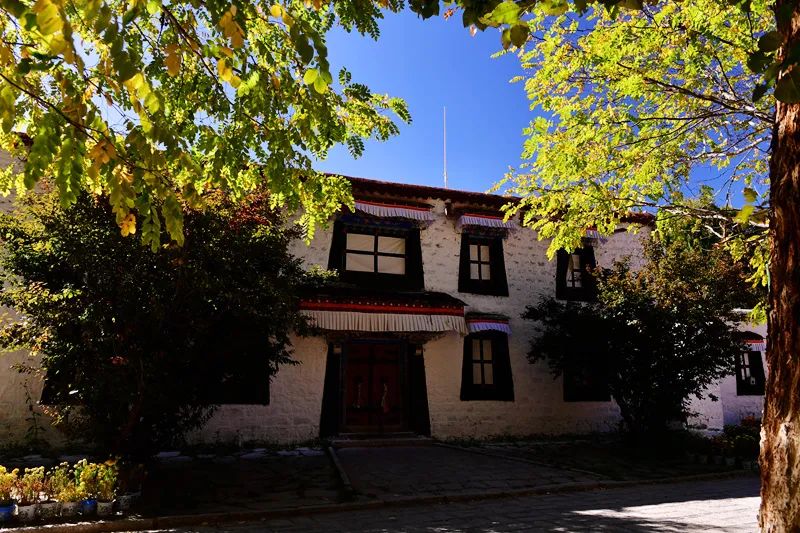
7.Zongjiao Lukang Lake
Recommended reason: The most famous water area near the Potala Palace. All photos of the Potala Palace reflected in the water are taken from the direction of Zongjiao Lukang.


“Zongjiao” refers to the back of the Potala Palace, and “Lukang” refers to the palace where the Dragon King resides. Regarding the Dragon King, the image in everyone’s mind is the Dragon Kings from Journey to the West, but it’s different in Tibet.
In the Tibetan language, both dragons and snakes are called “Lu.” The Dragon King here at Zongjiao Lukang refers to Maizuru Saizuchi, a very beautiful goddess.
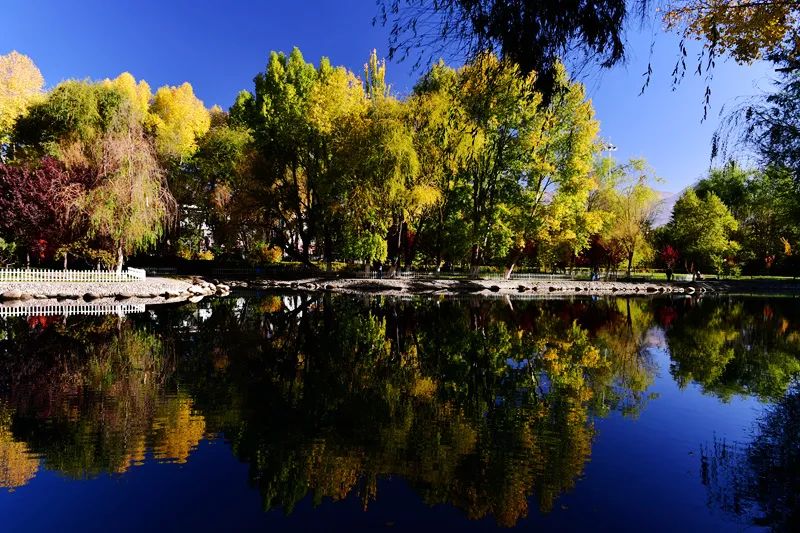
During the expansion of the Potala Palace in the 17th century, a large amount of soil was taken from here, resulting in the accumulation of water and the formation of a pond. During the time of the 6th Dalai Lama, this place was renovated and developed.
A pavilion was built on a small island in the pond according to the mandala model in Tibetan Buddhist rituals, and a stone arch bridge over 20 meters long and more than 3 meters wide with five holes was constructed to connect it with the outside world. The 8th Dalai Lama, the 13th Dalai Lama, and others also carried out renovations and maintenance here.
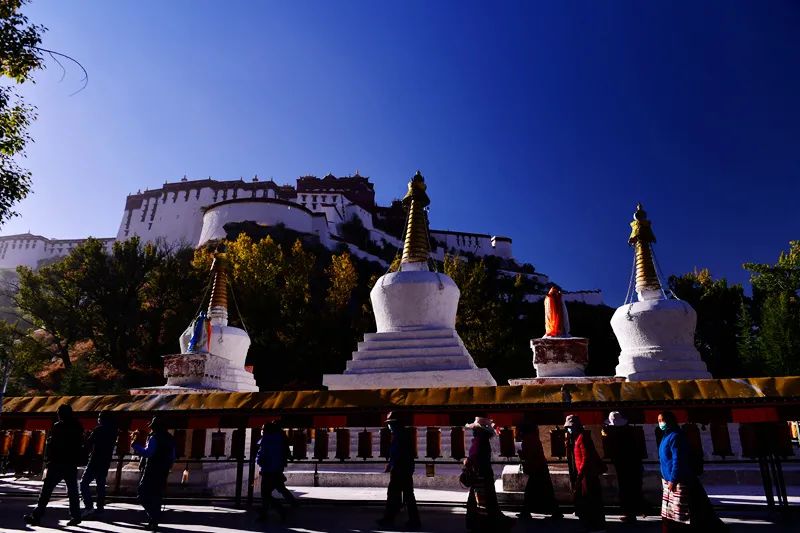
8.Drepung Monastery
Recommended reason: Drepung Monastery is a Gelug school monastery of Tibetan Buddhism in China. Together with Ganden Monastery and Sera Monastery, it is known as one of the three great monasteries of Lhasa.
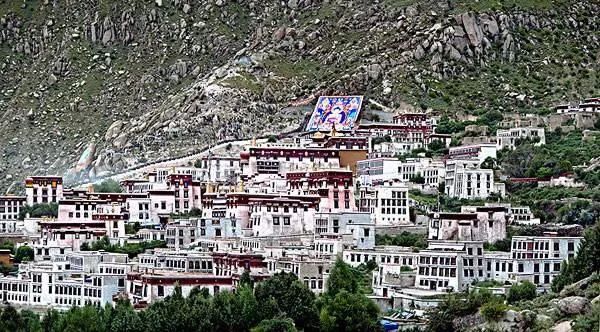
Drepung Monastery is a Gelug school monastery of Tibetan Buddhism in China. Together with Ganden Monastery and Sera Monastery, it is known as one of the three great monasteries of Lhasa.
It is located at the foot of Gambo Utse Mountain in the western outskirts of Lhasa. The entire monastery is vast in scale, with a densely packed group of white buildings spreading over the hillside, appearing like a giant pile of rice from afar, hence the name Drepung. Drepung, a transliteration from Tibetan, means “rice heap,” symbolizing prosperity. Its full name in Tibetan means “Auspicious Rice Heap, the Victorious Continent in the Ten Directions.” It is the monastery with the highest status within the Gelug school.
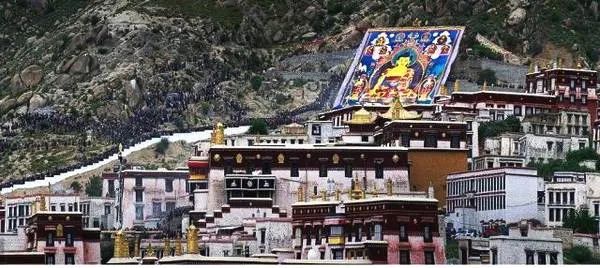
9.Ganden Monastery
Recommended reason: It is the most special monastery among the six major monasteries of the Gelug school, and together with Drepung Monastery and Sera Monastery, it is known as one of the “three great monasteries” of Lhasa.
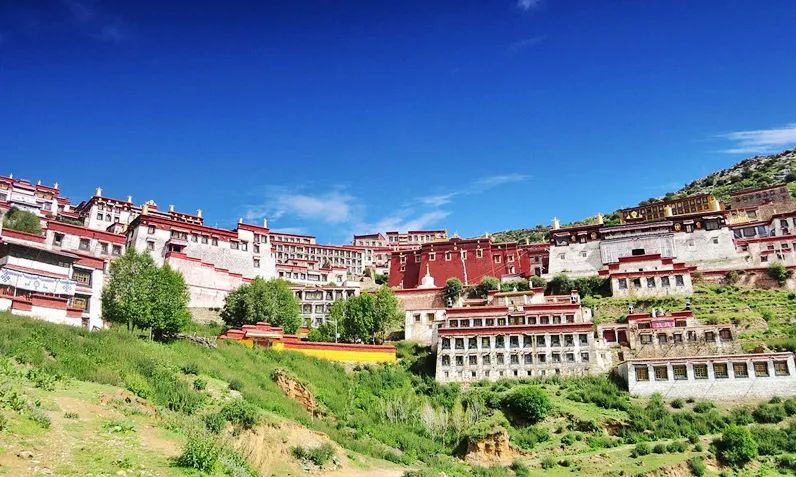
The full name of the monastery is “Ganden Langzhe Lin.” Ganden is a transliteration from Tibetan, meaning “Tushita Heaven,” which is the world where the future Buddha Maitreya teaches. The successors of Tsongkhapa’s Dharma throne, the Ganden Tripas of each generation, reside in this monastery. The monastery also preserves the reliquary stupas of more than 90 Ganden Tripas from past generations and houses many cultural relics and handicrafts from the Ming Dynasty onward.
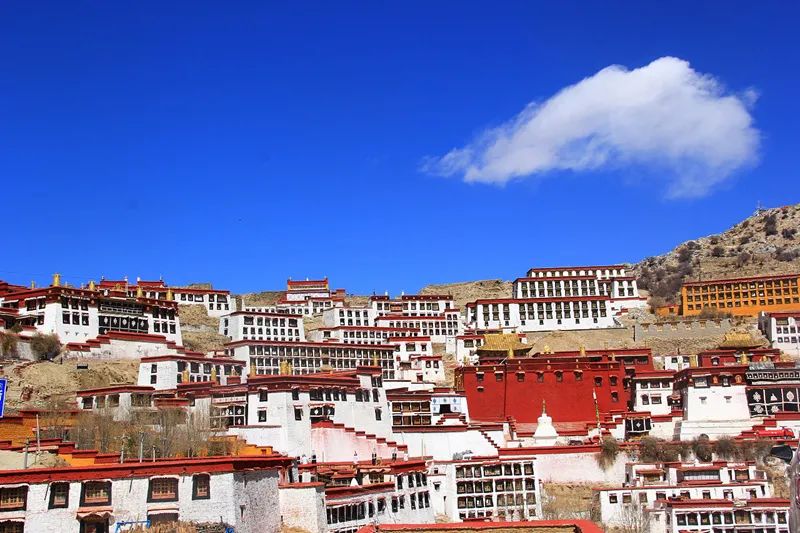
Although the monastery suffered extensive damage later on, with many buildings being rebuilt and most of the cultural relics already lost, if you have a special interest in Tibetan Buddhism, this place is still a must-visit.
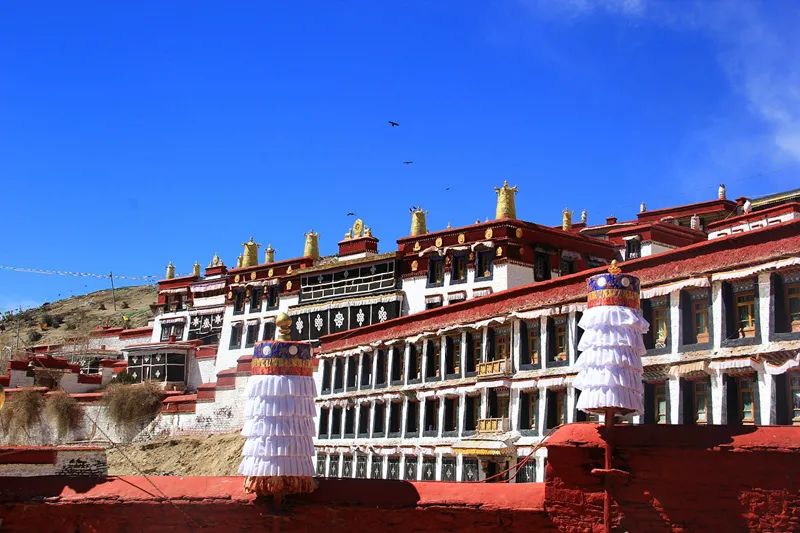
10.Internet-famous Photography Spot – Nanshan Park
Lhasa Nanshan Park is not well-known, and even fewer people visit it, but it is an excellent angle for photographers to capture the Potala Palace.
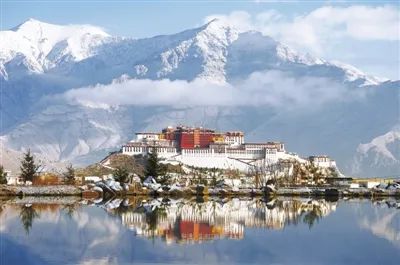
To the due south of the majestic Potala Palace, a lush green mountain faces it across the water, making it one of the best positions to photograph a panoramic reflection of the Potala Palace!
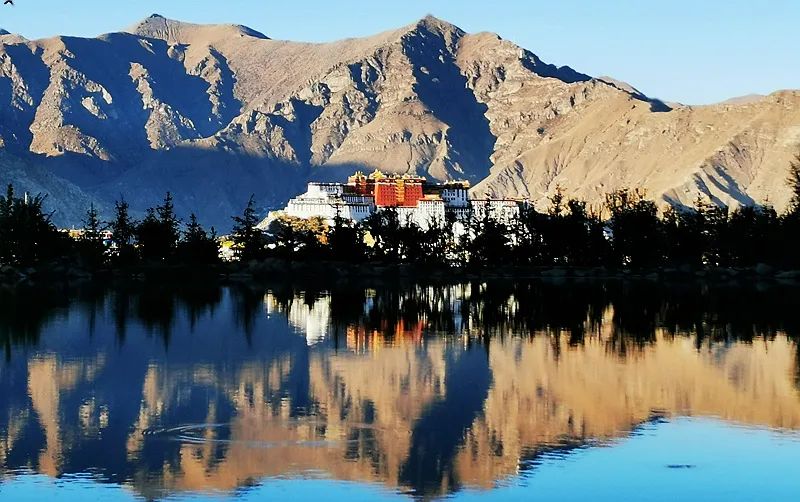
It is the best angle to photograph the front of the Potala Palace, especially in autumn when the trees around Lhasa turn yellow. In the morning, with the mist lingering, the photos taken are very poetic and picturesque.
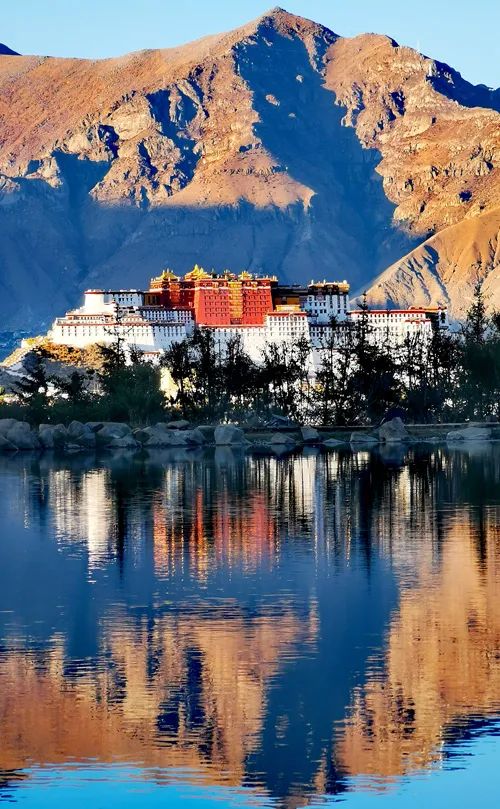
Lhasa Food Guide
Makye Ame Restaurant
Makye Ame is located on the southeast corner of Barkhor Street in Lhasa, Tibet. It is a restaurant focusing on Nepalese, Indian, and Tibetan flavors, which have been modified to lean towards Western tastes.

The restaurant has a strong Tibetan style, with Tibetan singers performing on the second floor near the bar. The customers are mostly foreign tourists, so the prices are relatively high.

In addition to authentic traditional Tibetan cuisine, this place is also a perfect spot to capture an aerial view of Barkhor Street. Stay here for a while, read a book, or daydream. Time becomes soft and gentle.
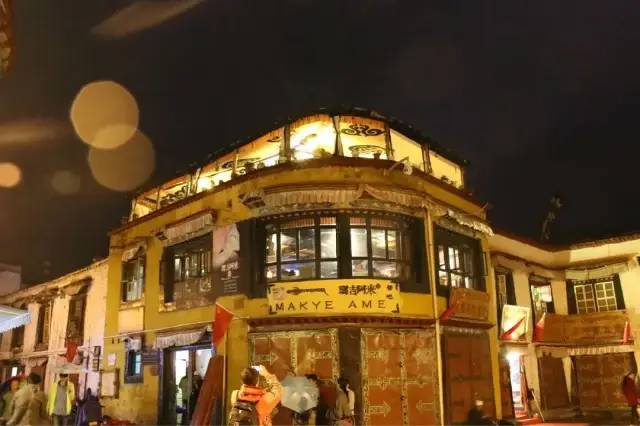
As night falls, Makye Ame is wrapped in a layer of romantic charm, inevitably evoking the love songs written by Tsangyang Gyatso.

Xique Pavilion Restaurant
Xique Pavilion Restaurant is located on the southeast side of the Barkhor Street circumambulation route around Jokhang Temple. It is one of the best places for afternoon tea. The most artistic “Paradise Time Bookstore” in Tibet is adjacent to it, above and below. Pick up a book, order a pot of sweet tea, and spend time alone. You can also see paradise here.
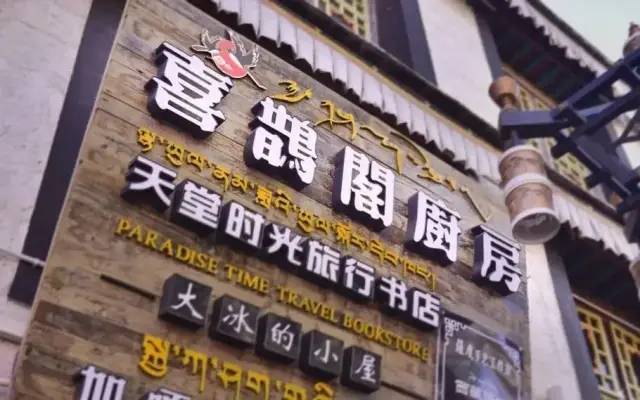
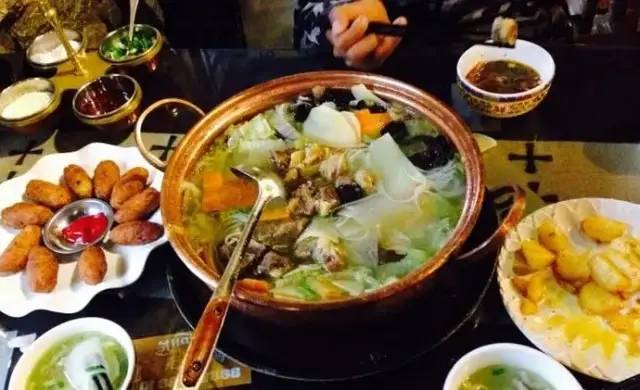
This place is a gathering spot for many Lhasa drifters. Due to the low average consumption of around 30 yuan, many friends come here. Listen to their stories of drifting in Lhasa. It is the most likely place to encounter “interesting people.”
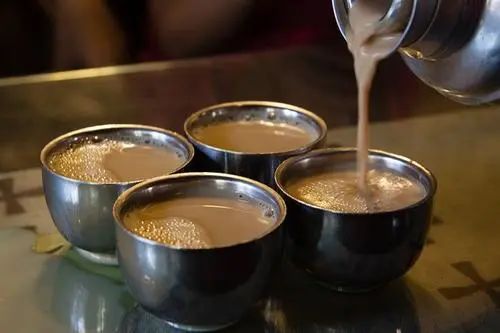
Namaste Indian Restaurant
The location is straight ahead after exiting the security check at the main entrance of Jokhang Temple, on the left-hand side. Look for a large golden ox, and the restaurant is on the second floor of the mall behind the golden ox. The menu offers many types of dishes. Zhuoma recommends the “Masala Chicken with Naan” and “Special Salad.” Naan is actually flatbread, and it tastes really good with chicken. Moreover, it’s not expensive. Four-star recommendation.
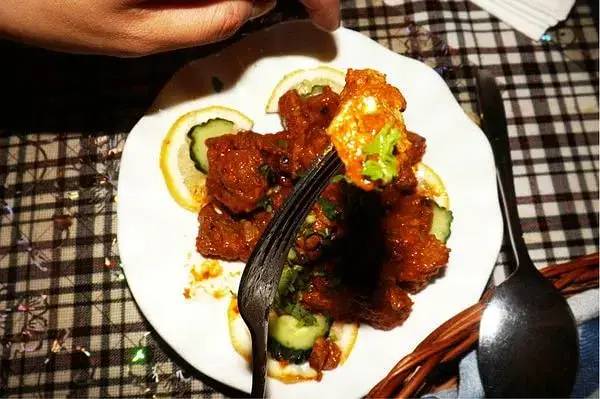
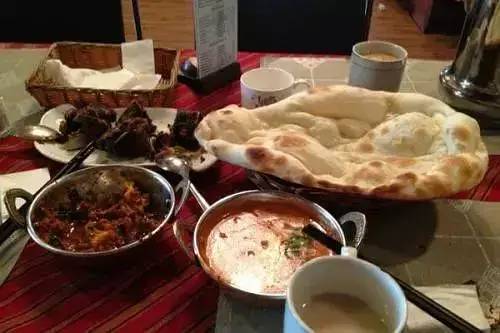
This place is filled with exotic Nepalese elements, from the constantly playing songs in the Kashmiri language to the decor and lighting. “Namaste” means “hello” in South Indian languages.
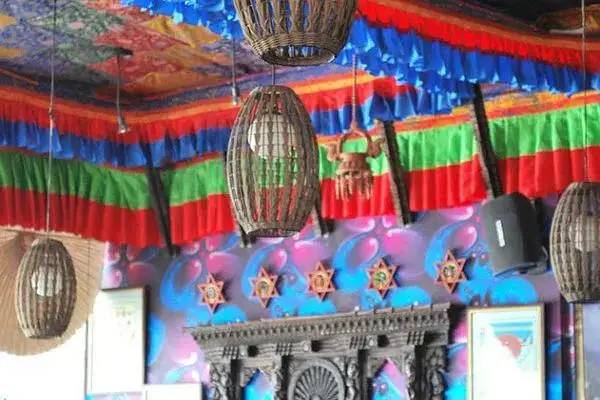
Guangming Sweet Tea House
A popular tea house in Lhasa, located on Danjelin Road, north of the security checkpoint at the main entrance of Jokhang Temple. Very popular and affordable. Tibetan tea houses offer Tibetan noodles, soup noodles, and fried noodles. The milk tea is very affordable.

You can buy it by the cup or by the pot. Place some change on the table. The server, Ajia (auntie), carries a teapot and refills your cup when she sees it’s empty, taking one yuan herself.
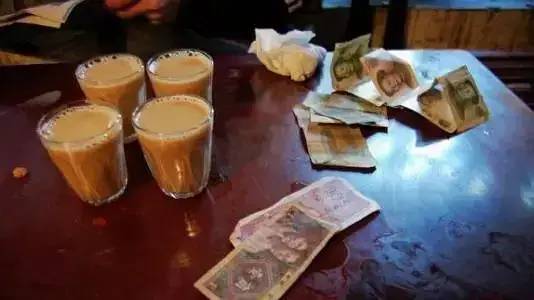
This rustic sweet tea house, full of the flavor of bygone eras, is a century-old memory card of Lhasa people.
Potala Palace Yogurt Shop
Located at the foot of Potala Palace, this small yogurt shop has a tiny storefront but gives a sense of being a hidden gem in the city. In addition to plain yogurt, there are also many fruit-flavored yogurts and desserts. After visiting the Potala Palace, it’s very nice to come down here and sit for a while.
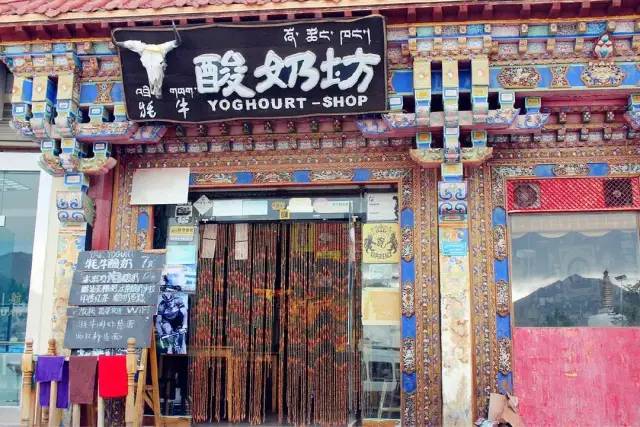
The yogurt here tastes quite good and very authentic.
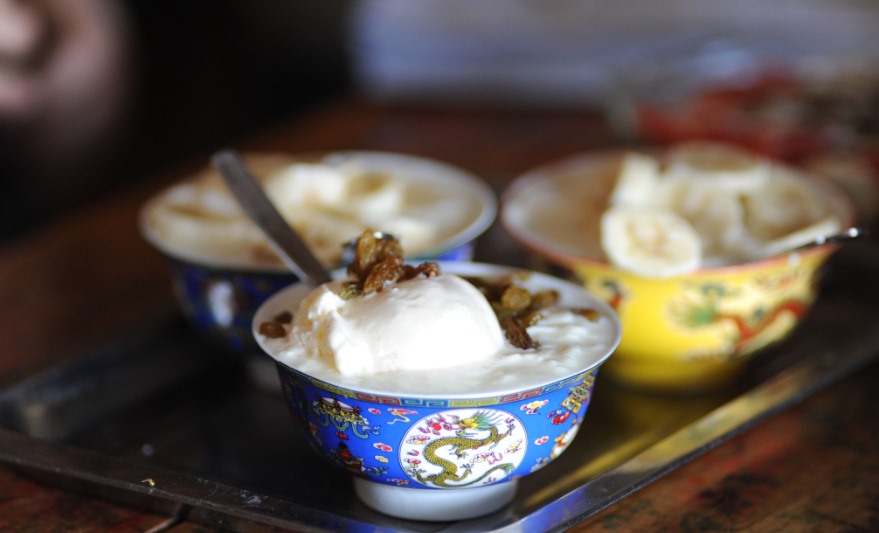
Entering this shop, the first thing that catches your eye is the densely packed photos on the walls. The photo wall here can be said to be very impressive. There is no empty space on any wall, all filled with memories left by friends from all over the world.
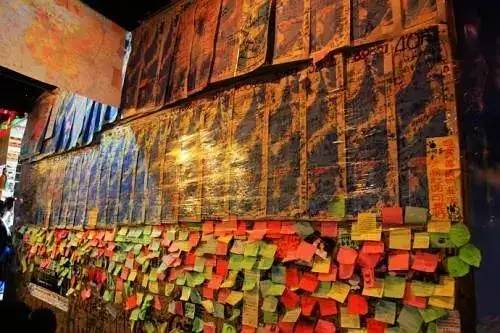
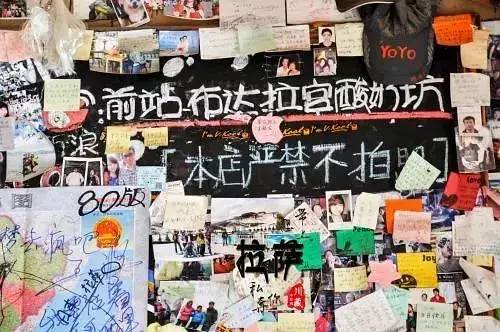
Canggu Temple Tea House
Canggu Temple, a famous nunnery in Lhasa, is located on the upper section of Linkuo Road. It was built in the Ming Dynasty, with a history of over 500 years. The founder was Guju Qundan, a disciple of Master Tsongkhapa.
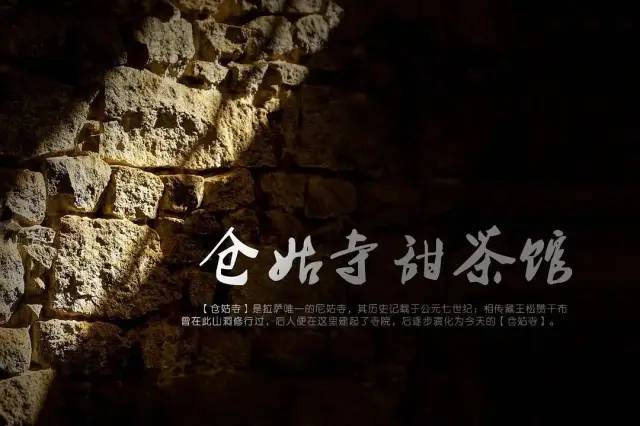
The sweet tea at Canggu Temple is very delicious. Drinking tea here also allows you to “encounter” cats that resemble those in Hayao Miyazaki’s animations inside the temple.
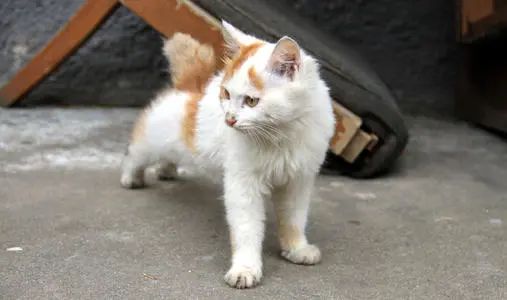
Because there is a large Tibetan-style fireplace in the hall, it is very warm here even in winter, making it a good place for afternoon tea in winter in Lhasa. The staff at Canggu Temple Tea House are all nuns. Place your order on the first floor, take the meal card, and get the tea on the first floor. Other food items are collected on the second floor.
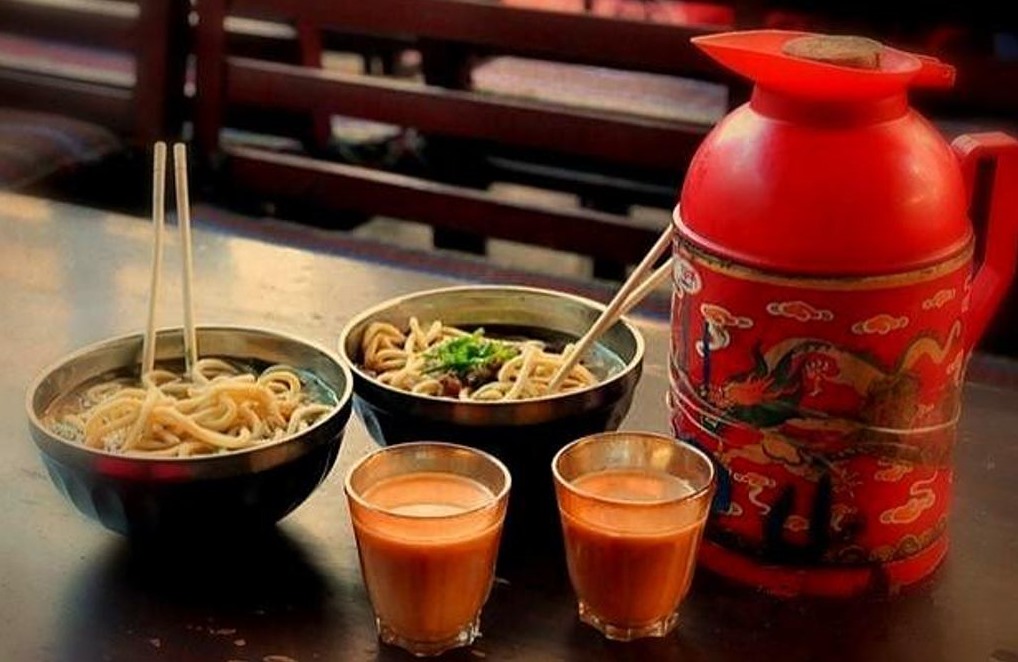
However, Canggu Temple Tea House is located in a small alley, not on the main Barkhor Street, so you need to search for it a bit. Because of this, very few tourists go there, allowing you to enjoy long-lost tranquility.
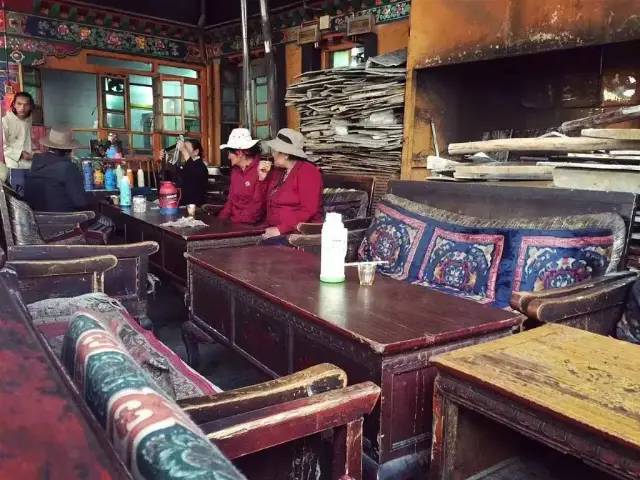
Sweet tea houses are to Lhasa people what cafes are to the French. In addition to the leisurely atmosphere, they are also a gathering place for people to engage in high-minded discussions and gossip. Although not affluent, it is very comfortable. Everywhere you go, you see the leisure of Tibetans.
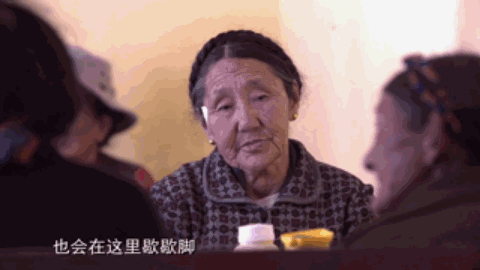
Coming here, you will experience a more authentic Tibetan religious culture and the most original customs.
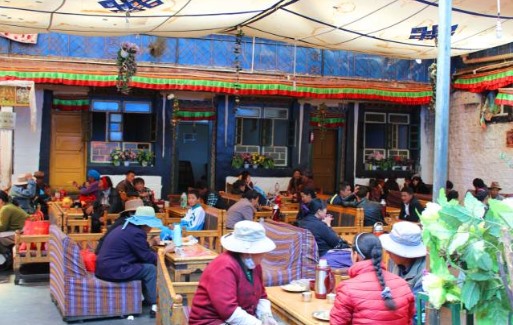
Recommended Itinerary
Lhasa Departure – Basum Lake – Nyingchi Peach Blossom Village – Lulang Forest Sea – Bomi Peach Blossom Valley – Gongga Lake – Ranwu Lake – Renlongba Glacier – Yigong Lake – Suoxong Village – Namcha Barwa Peak – Yarlung Zangbo Grand Canyon [Nyingchi Flower Appreciation – Classic Loop Seven-Day Tour]

Scenic Highlights
Basum Lake – Famous Sacred Lake of the Bon Religion
Basum Lake, also known as Cuogao Lake, means “green water” in Tibetan. It is about 18 kilometers long, with a surface area of about 27 square kilometers and a maximum depth of 120 meters. The lake surface is at an elevation of 3,480 meters. Located about 36 kilometers upstream of the Ba River in the deep valley of the Ba River in Gongbujiangda County, it is a famous sacred lake and holy place of the Bon religion.
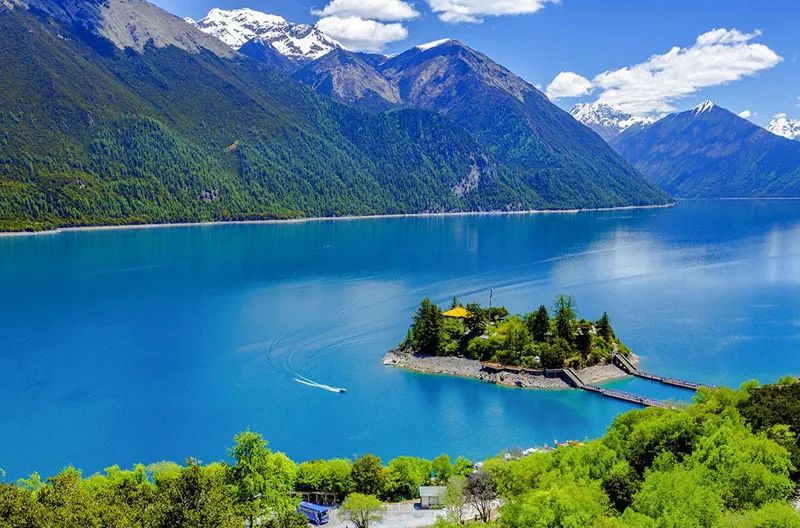
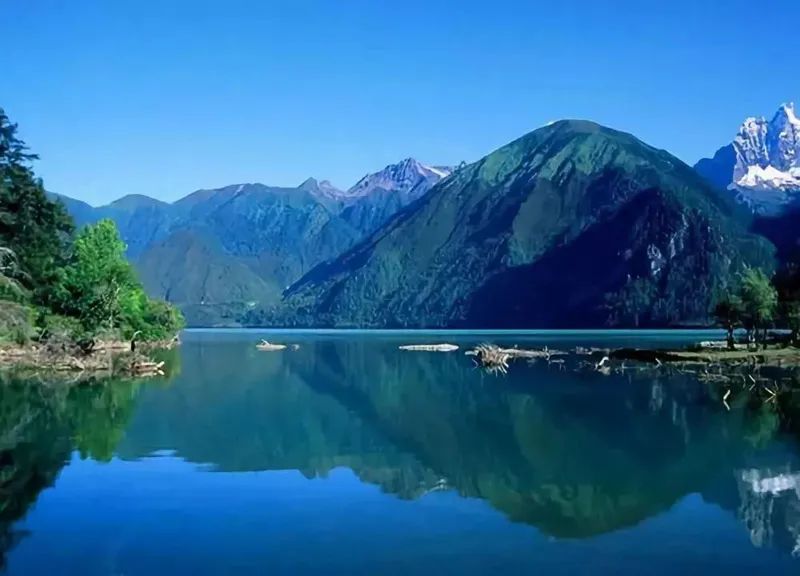
Although the elevation here is over 3,400 meters, the area around Basum Lake is densely forested with flowing streams and high oxygen content, so there is normally no altitude sickness. Basum Lake integrates snow mountains, lakes, forests, pastures with waterfalls, cultural relics, historic sites, and famous ancient temples. The scenery is unique and varies with the seasons. It is home to a variety of rare wild plants, truly a paradise on earth, and has been praised as the “Little Switzerland.”
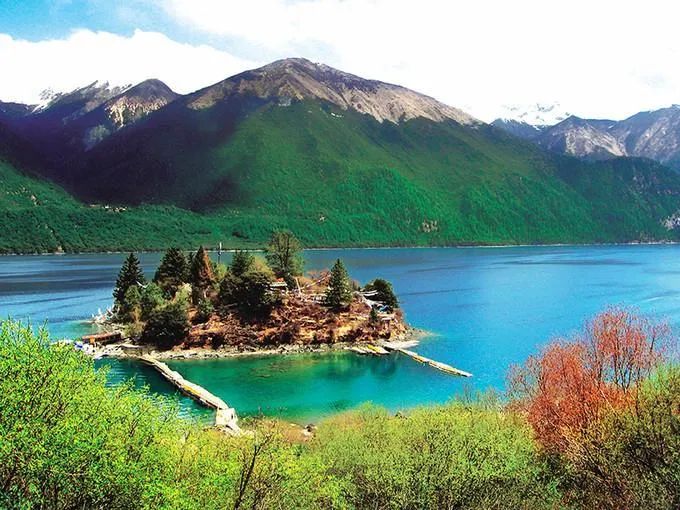
Yarlung Tsangpo Grand Canyon – The World’s Deepest Grand Canyon
[Yarlung Tsangpo Grand Canyon] This is the world’s longest and deepest canyon. The rushing Yarlung Tsangpo River cuts through Tibet, allowing the moisture from the Indian Ocean to penetrate deep along the Yarlung Tsangpo Grand Canyon, creating a lush river valley region on the Qinghai-Tibet Plateau, which is known for its cold climate.
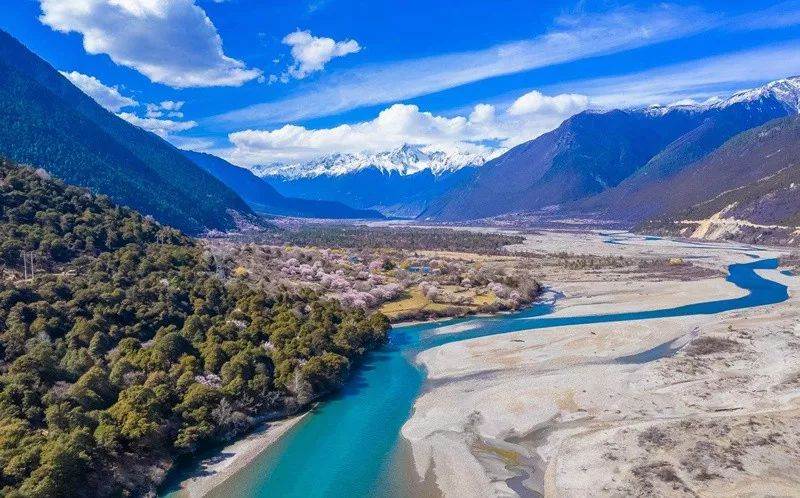
There are many tributaries of the Yarlung Tsangpo River in the canyon. These tributaries are mostly short and cascade down from the snow-capped mountains, nourishing the barley and wheat fields in the canyon. Every spring, peach blossoms bloom on the green fields, interspersed with Tibetan houses and dwellings, like a ink painting.
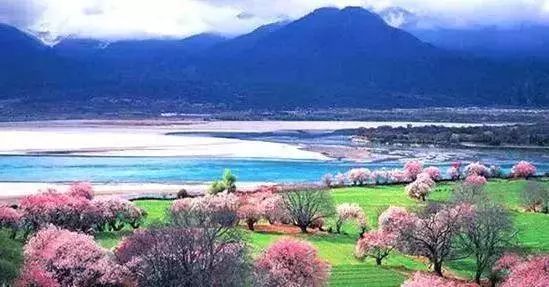
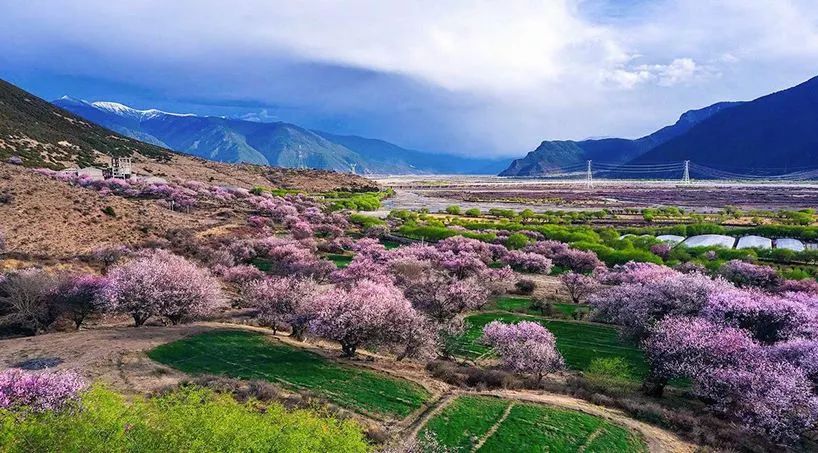
Suoxong Village – The Most Beautiful Village for Viewing Snow Mountains and Peach Blossoms
[Suoxong Village] A beautiful and peaceful village on the banks of the Yarlung Tsangpo River, it is a paradise surrounded by snow mountains and peach blossoms.
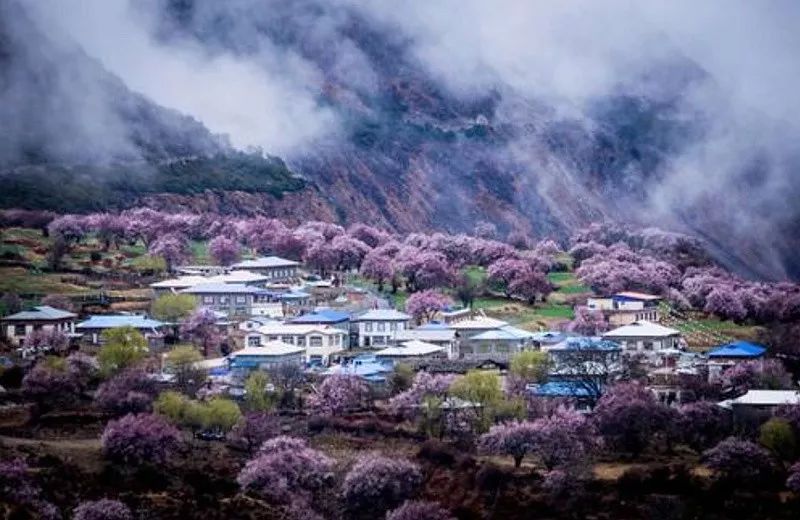
This is also the perfect spot for photographing peach blossoms and snow mountains. The world’s deepest grand canyon, China’s most beautiful snow mountain Namcha Barwa, and Tibet’s most beautiful spring converge here, bringing an extremely stunning visual impact.
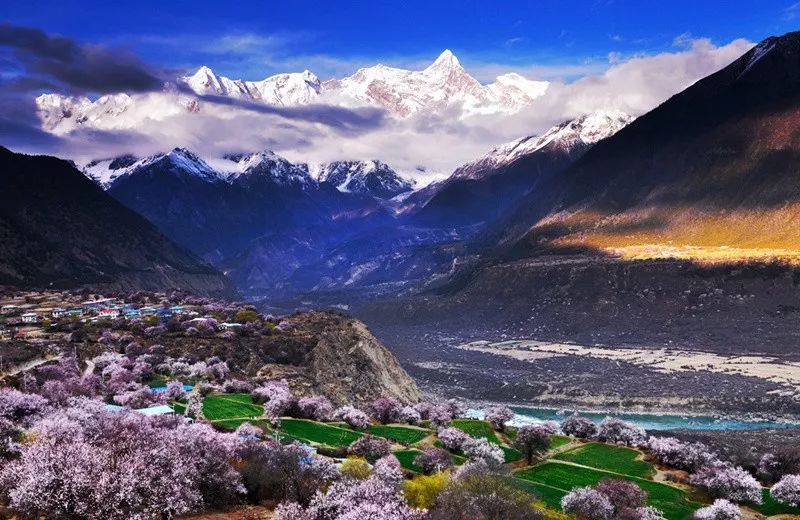
Galang Village (Galang Lake) – The Most Beautiful Reflection of Snow Mountains and Peach Blossoms
[Galang Village] It has been praised as “the most beautiful village on China’s scenic avenue.” The natural environment here is unique, with distant continuous white snow peaks, patches of pink peach blossoms, green barley fields, beautiful Tibetan houses, and winding rivers forming a fairyland-like picture scroll that is enchanting.
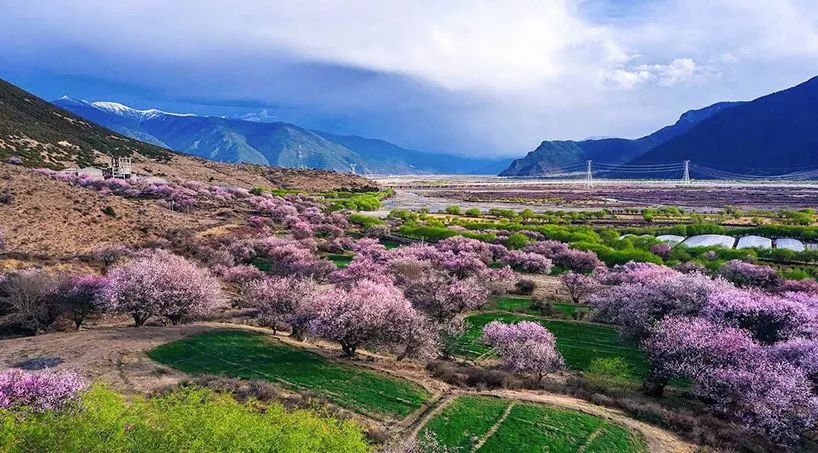
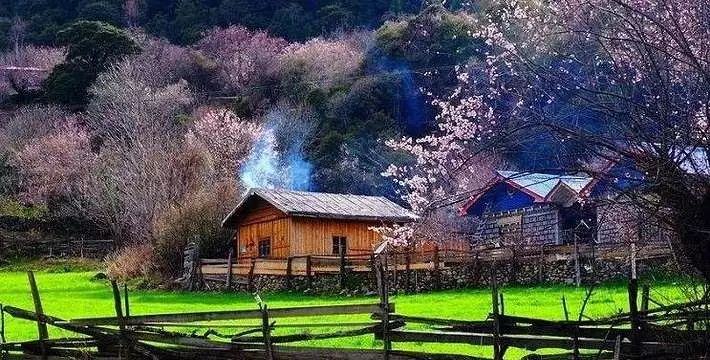
In Galang Village, Galang Lake is the only place where you can enjoy the snow mountains, peach blossoms, and their reflections, which is breathtakingly beautiful and a favorite of photographers.

Gongga Lake – The Most Beautiful Section of the Parlung Tsangpo River
Gongga Lake is a section of the Parlung Tsangpo River. The trees by the lake are lush, and the lakeshore is winding, like a soft and beautiful curve. Here, you can not only enjoy the beautiful lake and mountain scenery but also have the opportunity to see the beautiful reflection of the snow mountains.

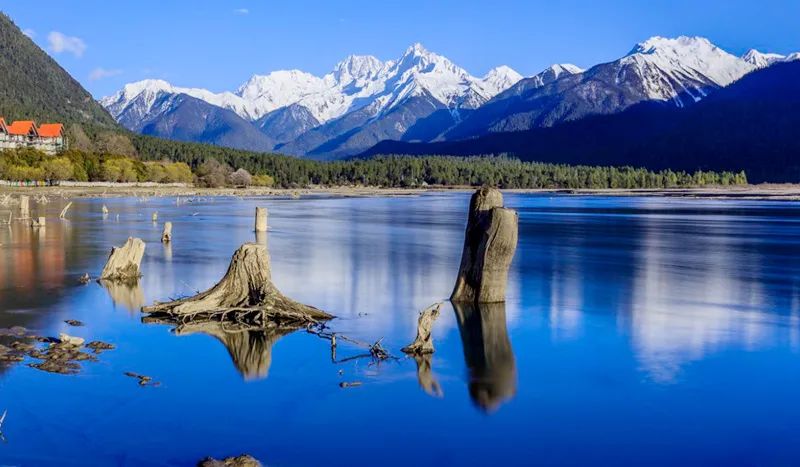
Bomi Peach Blossom Valley – The Largest Peach Blossom Valley in China
The total area of Bomi Peach Blossom Valley is about 155.04 square kilometers. The peach blossoms in this valley are mainly distributed in 9 villages in Bomi County. The variety is mostly Guanghe Peach, with a total of 180,000 to 200,000 trees and an average age of about 360 years. The oldest tree is 680 years old. In October 2016, Bomi Peach Blossom Valley was rated as “China’s Largest Peach Blossom Valley” by the Shanghai Great World Guinness Headquarters.
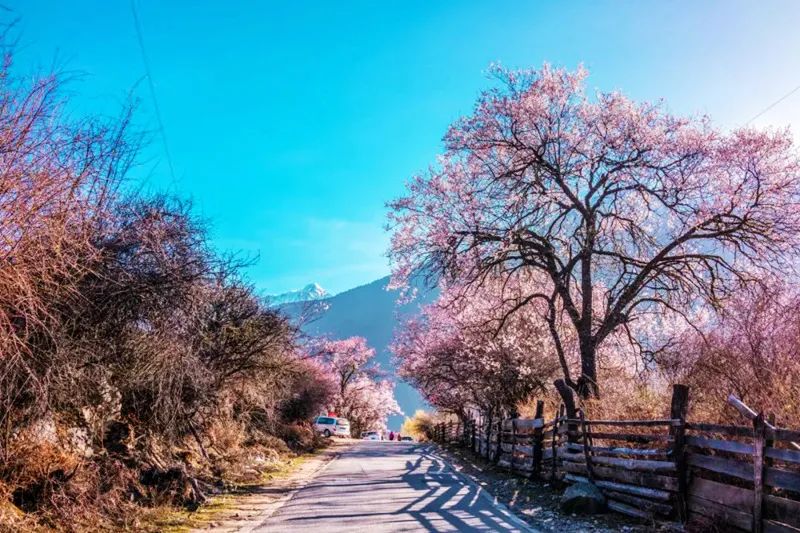
Bomi Peach Blossom Valley is surrounded by mountains on three sides, with a water source at a high place and lush forest all around, possessing a large natural wild peach forest. Every March and April, when the cold has not yet gone and the distant snow peaks are still covered in white snow, this huge wild peach forest is already in full bloom like intoxicating rosy clouds, bringing a magnificent spring to Bomi.

Renlongba Glacier – A Glacier That Can Be Intimately Touched
I believe everyone has seen many glaciers, but these glaciers can only be viewed from a distance and cannot be touched up close. However, the Renlongba Glacier in Tibet allows you to walk directly to the foot of the glacier and have intimate contact with the dreamy blue ice!
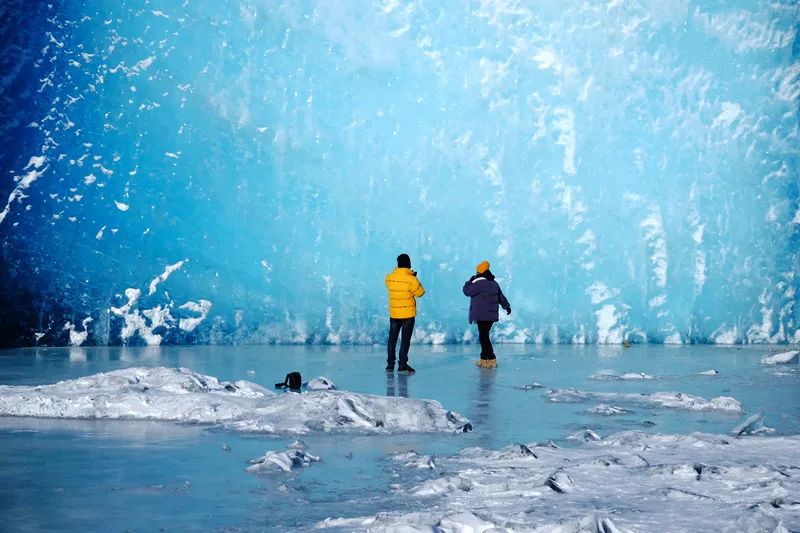

Compared to the Hailuogou Glacier, the Renlongba Glacier is more pristine and pure. Its observability is superior to other continental glaciers in Xinjiang, Tibet, and other places. While ensuring sufficient safety, you have a greater chance to embrace the pure blue ice.
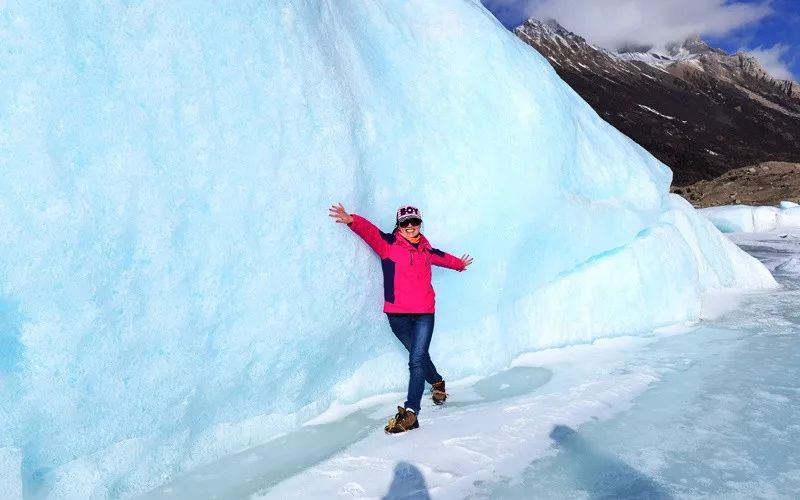
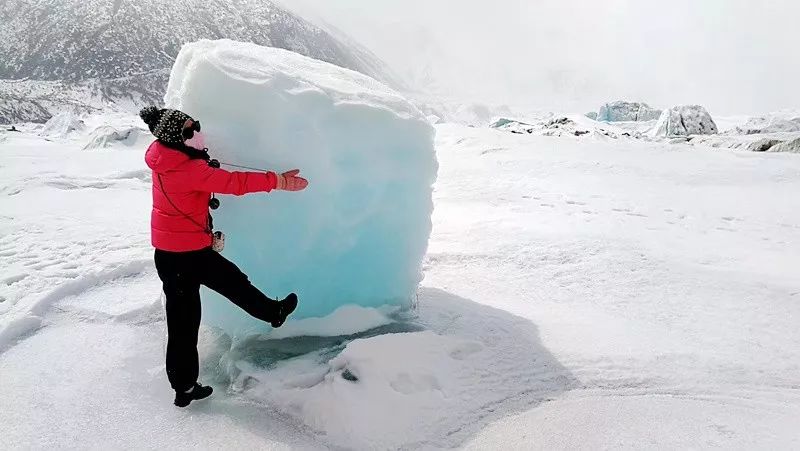
Walking close to the crystal-clear blue glacier, it’s like traveling through time and space to another planet. Touching these tangible thousand-year-old glaciers, the pure ice cores shine with a blue light. Under the strong sunlight of the plateau, the wonderful feeling of extreme heat and extreme cold will surely make you remember it for a lifetime.
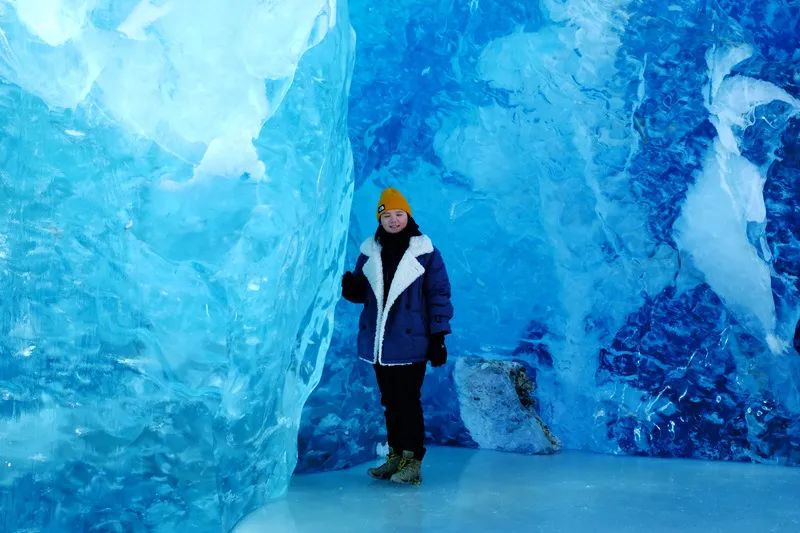
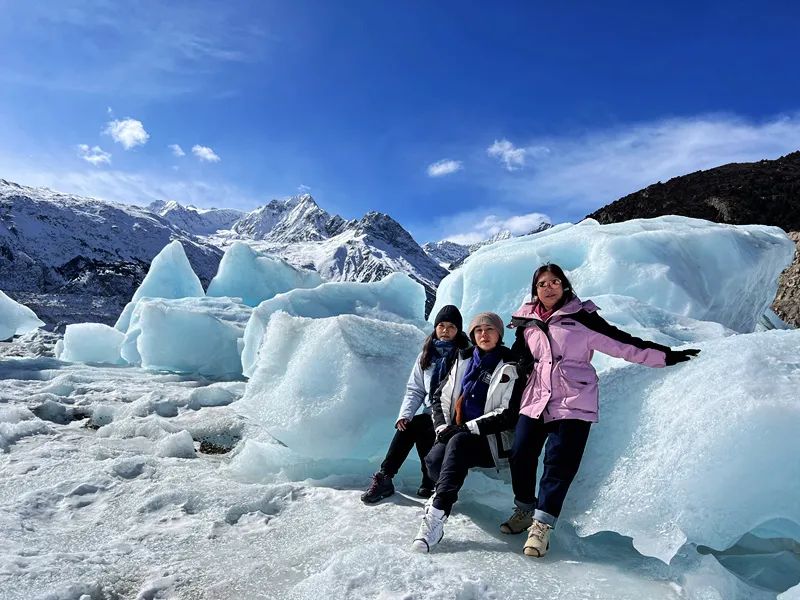
Ranwu Lake – The Most Beautiful Alpine Lake in Eastern Tibet
[Icy Ranwu Lake] The most beautiful alpine lake in eastern Tibet. The most beautiful season of Ranwu Lake is from January to April every year. At that time, the sky is azure blue, the snow mountains are majestic and towering, and the lake water is clear and blue, forming a pure and beautiful landscape of sacred mountains and holy lakes!
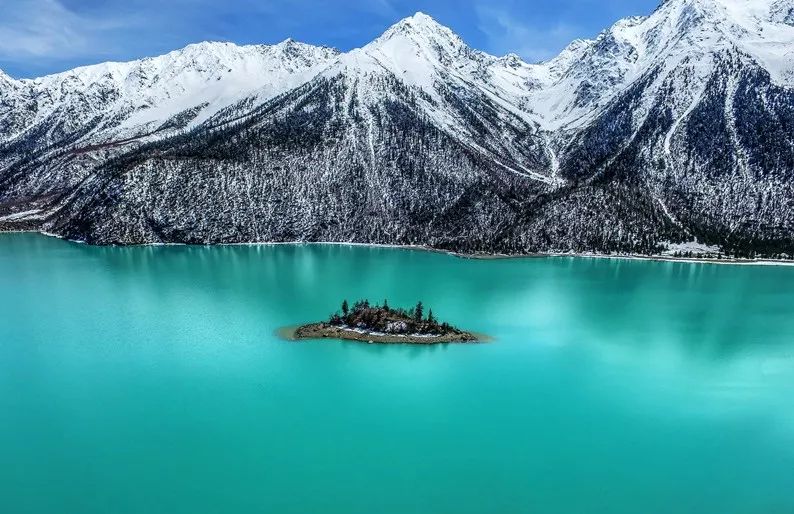
Most trips only stop at the roadside Lower Ranwu Lake for a photo and then leave. However, we will drive along the lakeside road all the way to the source of the lake, enjoying the scenery of the snow mountains and holy lake for dozens of kilometers from different angles, including [Upper Ranwu, Middle Ranwu, and Lower Ranwu].
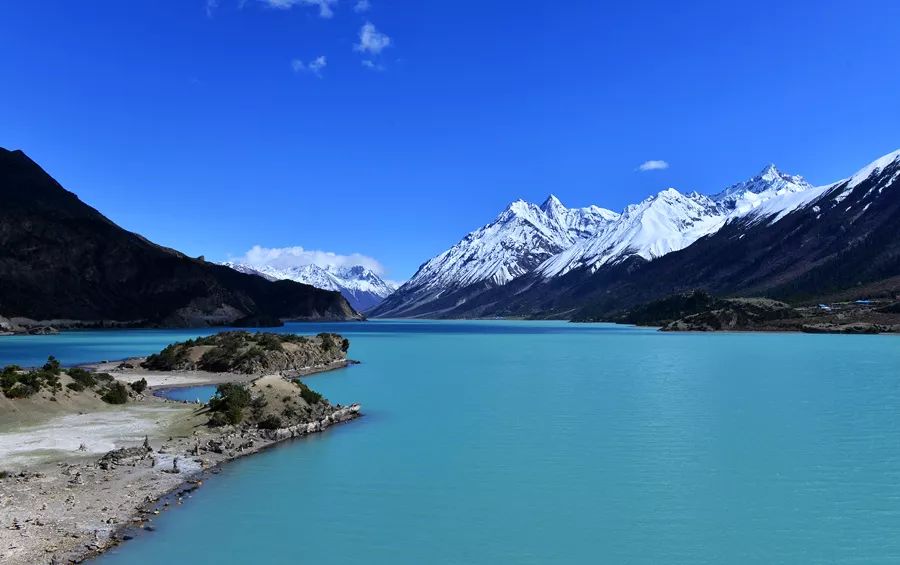
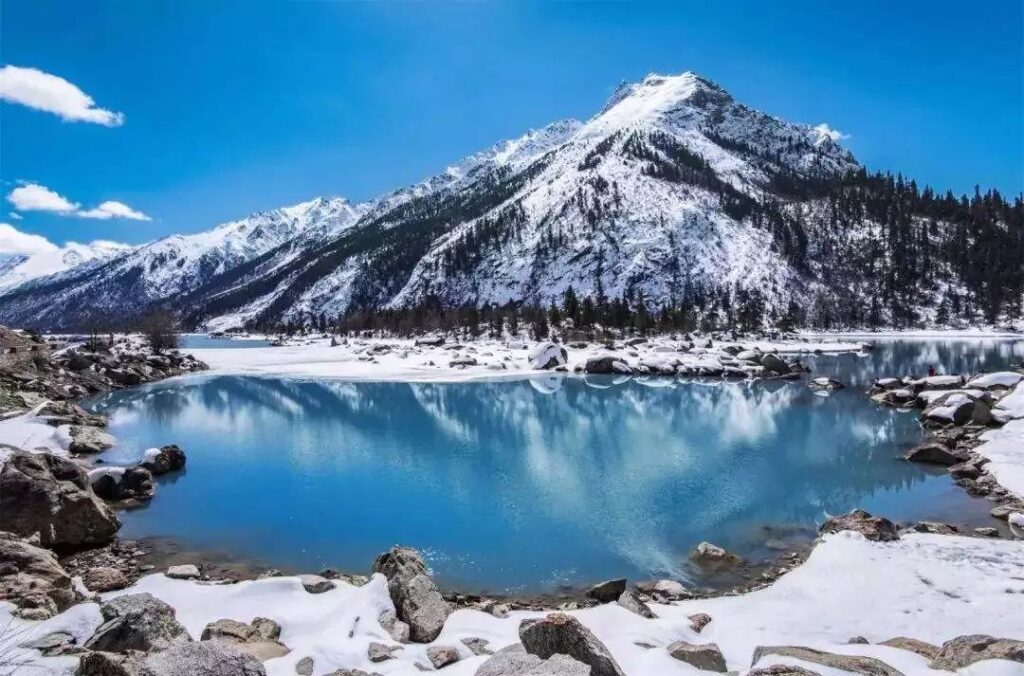
Yigong National Geopark – Tibet’s First National Geopark
Yigong National Geopark in Tibet is the first national geopark in Tibet. It is located at the junction of Bomi County and Linzhi County, with the main body situated in Yigong Township, Bomi County, centered around Yigong Lake, where the Yigong Tea Plantation is located. It has a total area of 2,160 square kilometers and is characterized by the geological remains of the giant Yigong landslide.
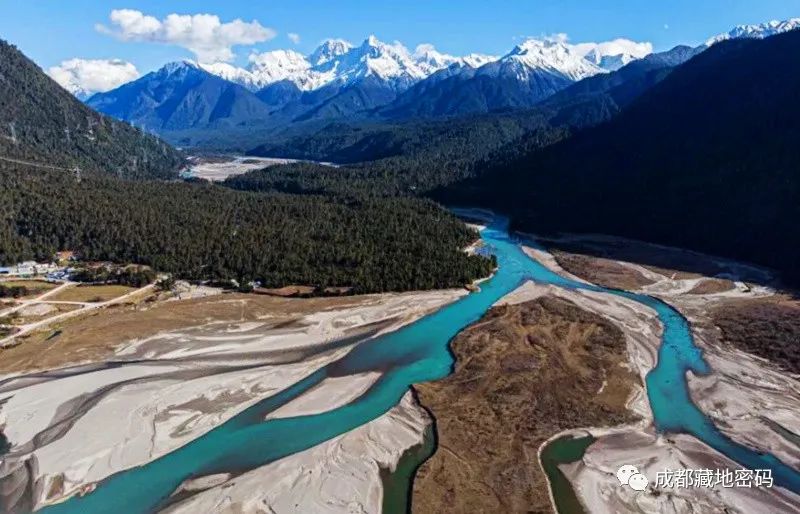
The main geological relics include the Yigong giant landslide area, Yigong giant landslide lake area, Yigong Tsangpo-Parlung Tsangpo fault zone and reverse river area, tea plantation and Tieshan tourism area, glacial geological relics area, modern glacier area, canyon landform area, and secondary collapse and landslide area.
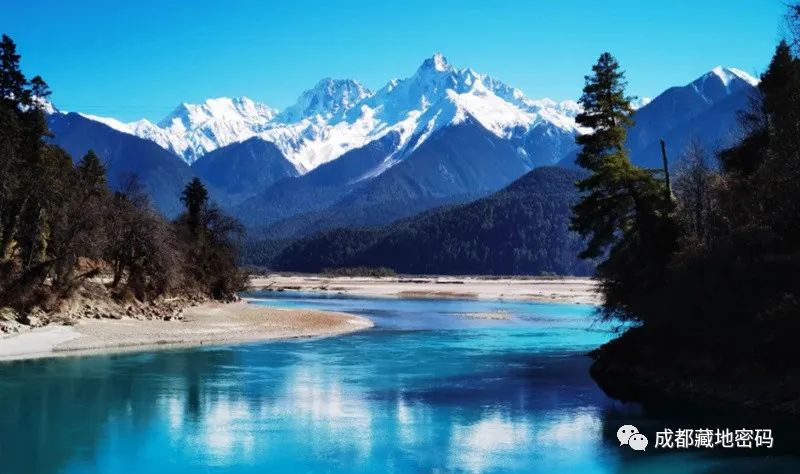
The geopark is characterized by the geological remains of the Yigong giant landslide – it is a comprehensive “geological museum” with the world’s rare super-large landslide disaster remains and China’s largest marine modern glacier group as the main body, featuring the country’s largest modern marine glacier and snow mountain group, dammed lakes, glacial lakes, canyons, waterfalls, debris flows, landslides, collapses, rolling stones, sliding rocks, horn peaks, iron mountains, and other geological and geomorphological landscapes.
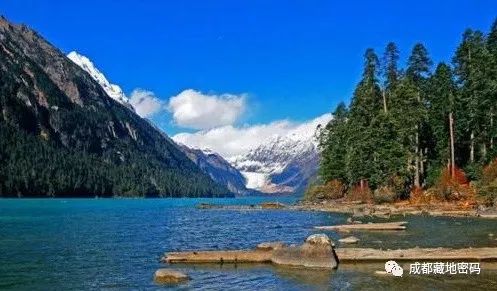
Miling Peach Blossom Avenue – A Lesser-Known Secret Spot Along the Yarlung Tsangpo River
Miling County in Linzhi is famous for its wild peach blossoms along the Peach Blossom Avenue. Without human planting or deliberate pruning, they have taken root on the banks of the Yarlung Tsangpo River in unknown years, blooming a splendid spring as bright as rosy clouds on the snowy plateau. They are upright, passionate, and bright, very much like the personality of the Gongbu girls – warm, generous, and affectionate.
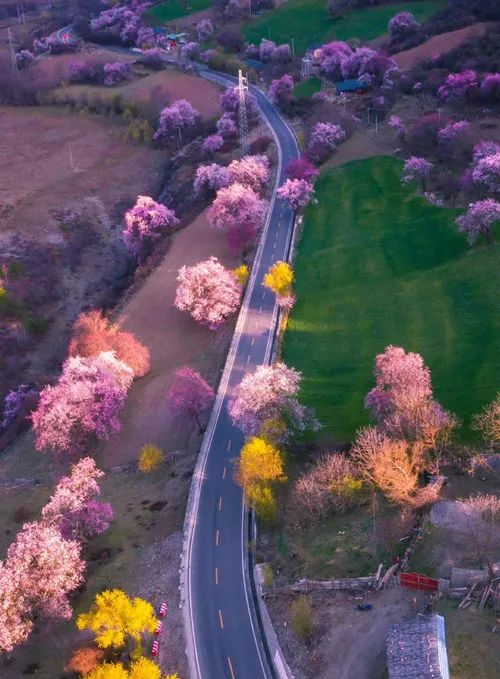
The wild peach trees in Linzhi are tall and can live for more than a thousand years. The flower color is slightly lighter, and the flower density is very high. With tall trees and abundant flowers, they bloom in a stunning manner, forming a magnificent sea of flowers.

Trip Highlights
1. Linzhi Peach Blossoms + Snow Mountains and Icy Lakes + Dreamy Blue Ice – Original Classic Route!
A classic small loop of sacred mountains and holy lakes, snow mountains and glaciers, gorgeous peach blossoms, and the Linzhi Peach Blossom Festival!

2. Bomi Peach Blossom Valley, In-Depth Photography!
Bomi Peach Blossom Valley is a long valley, but most groups only go to the entrance to take some photos of the peach blossoms and then leave. In fact, the most beautiful and essence of the Peach Blossom Valley is in the Tibetan villages inside.
We will go deep into Yuxu Township, where peach blossoms are like clouds, passing through picturesque and primitive villages such as Runa Village, Qingduo Town, Baiyu Village, and Linqiong Village along the way. It is precisely because there are many photography elements and a wide range here, most travel teams do not stay for long due to the need to rush to Linzhi, only passing by in a hurry, which is a great pity!
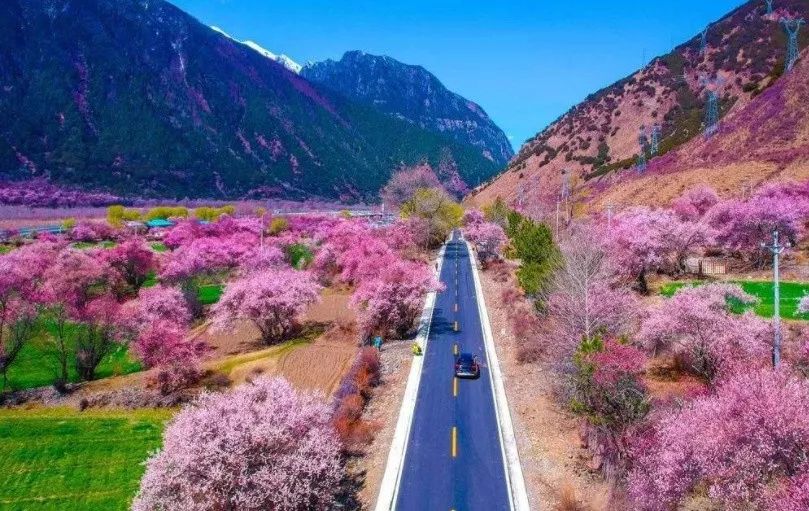
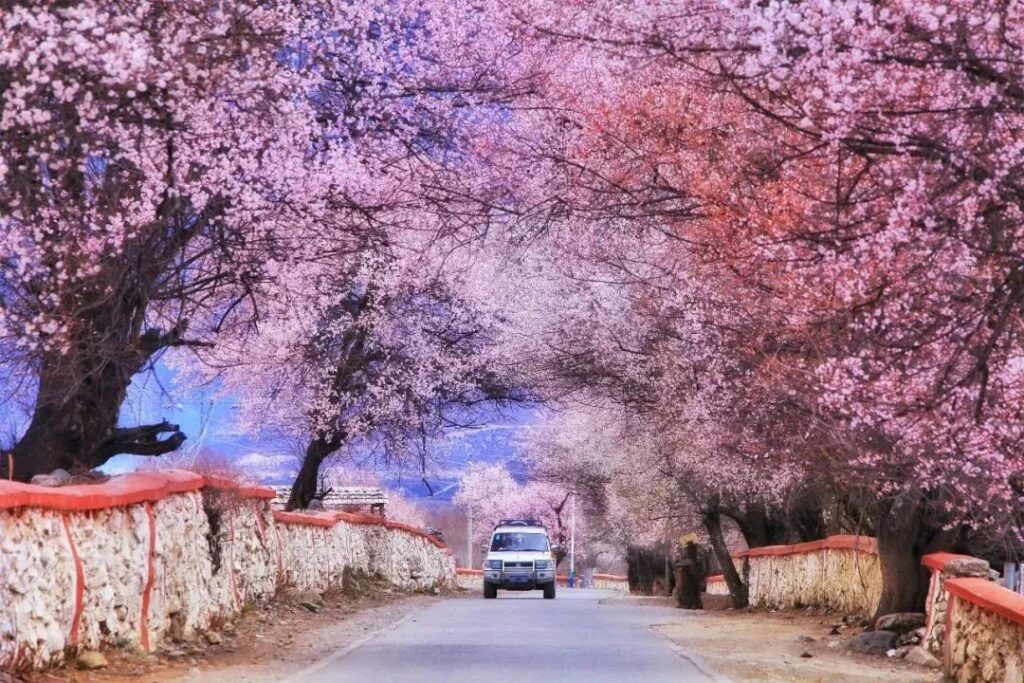
These primitive villages are undeveloped, simple, and unadorned. Patches of green seedlings are surrounded by pink peach forests, and layers of peach blossoms echo with the distant clouds and mountains, forming a pure and beautiful Shangri-La scenery. We specially arrange a full day of shooting to let everyone appreciate the essence of Linzhi peach blossoms more deeply!
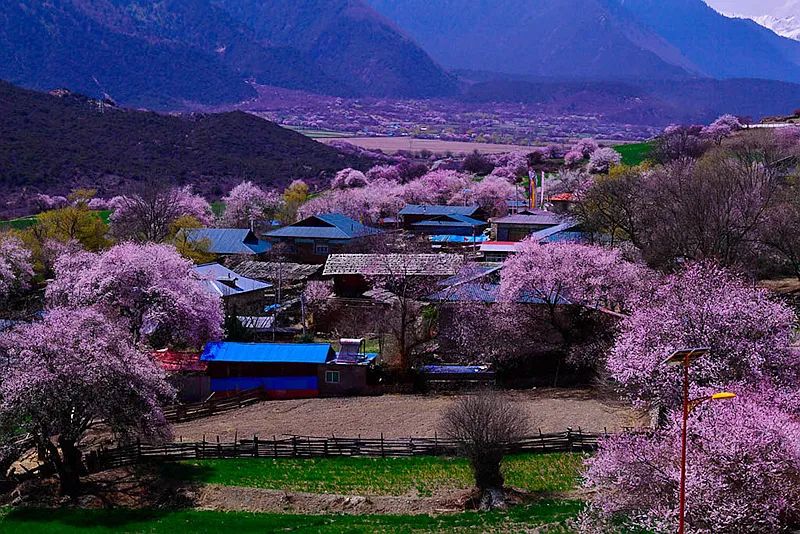
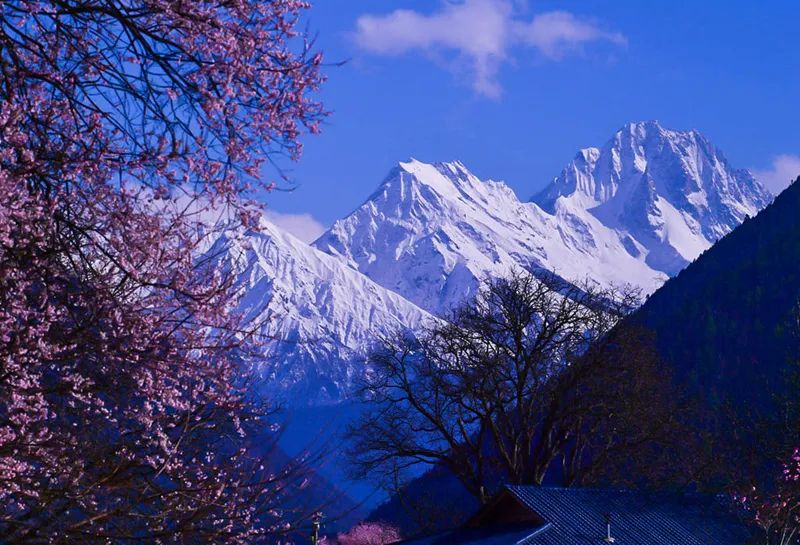
3. Newly Added Peach Blossom Scenic Avenue – Miling Peach Blossom Avenue
Most travel agencies return to Linzhi after viewing the peach blossoms in Suosong Village, unaware that on the way from Suosong Village to Miling, there is a beautiful Peach Blossom Avenue stretching for dozens of kilometers. There are few cars here and almost no tourists.
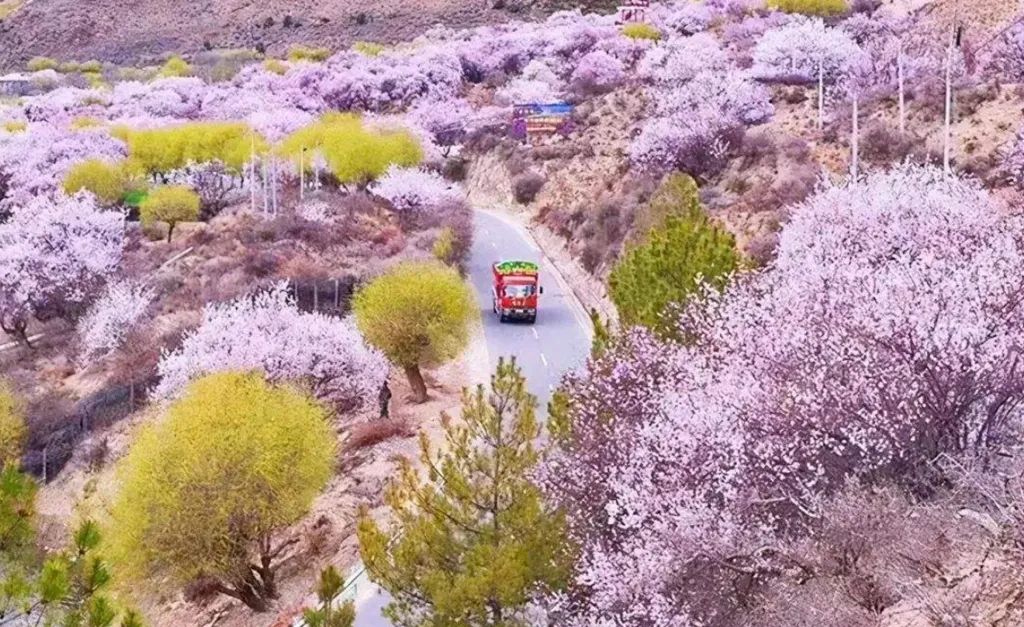
This Peach Blossom Avenue has a smooth road surface, and the peach blossoms are very concentrated. It connects the most beautiful scenery, modern airport, and villages and farmhouses in Miling. Winding through the peach forests and villages, it is extremely dreamy and beautiful. Walking and stopping, it only takes a few hours, but it feels like traveling through a time tunnel, feeling completely different.
